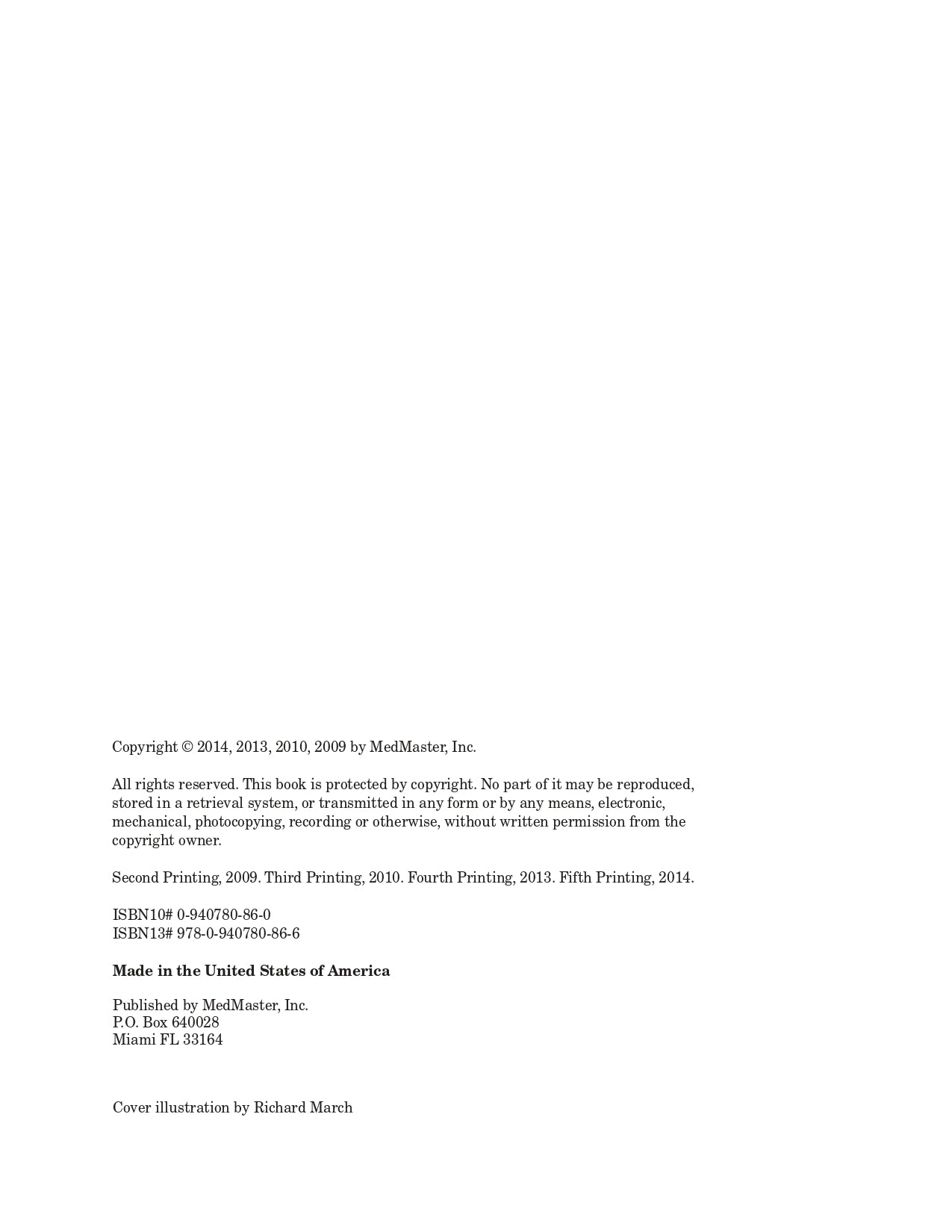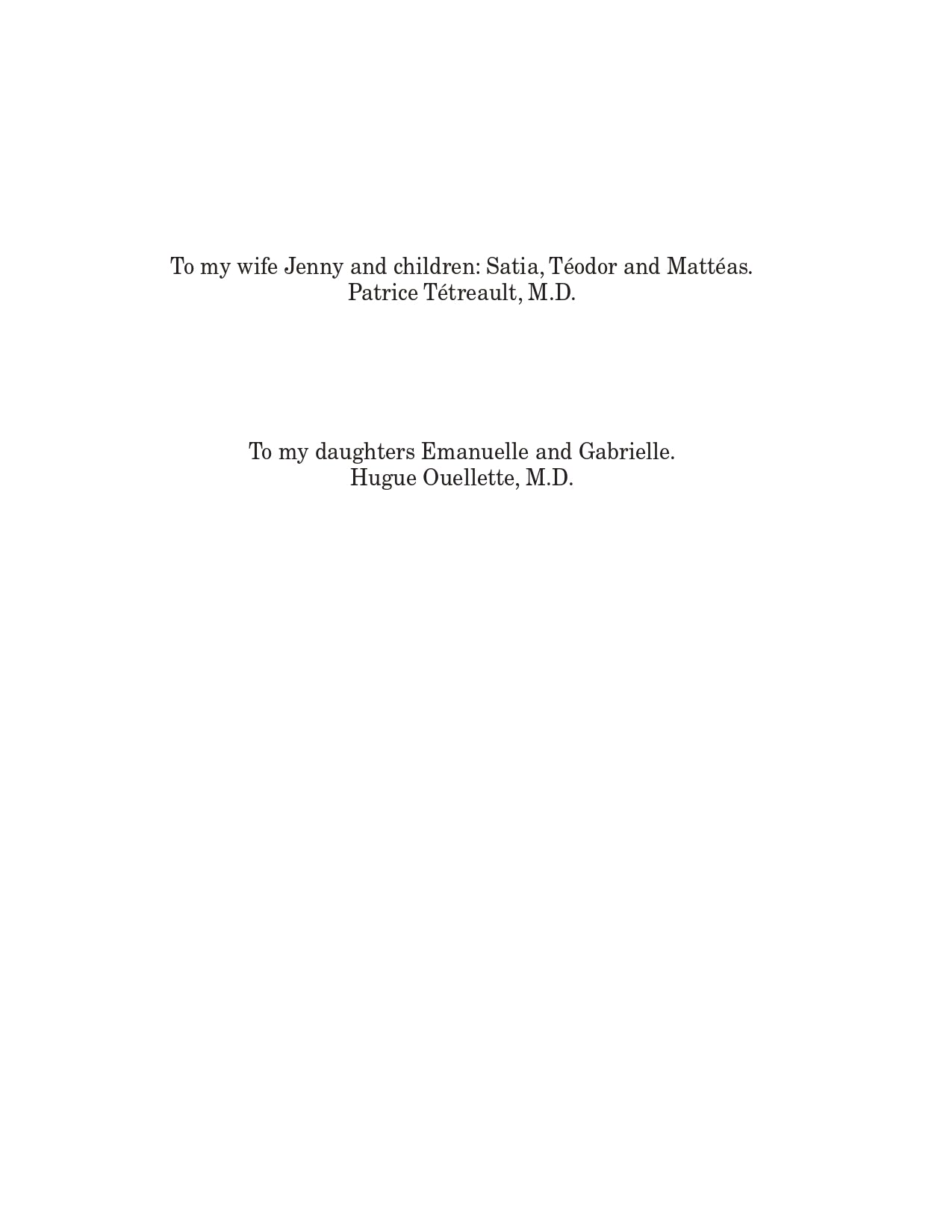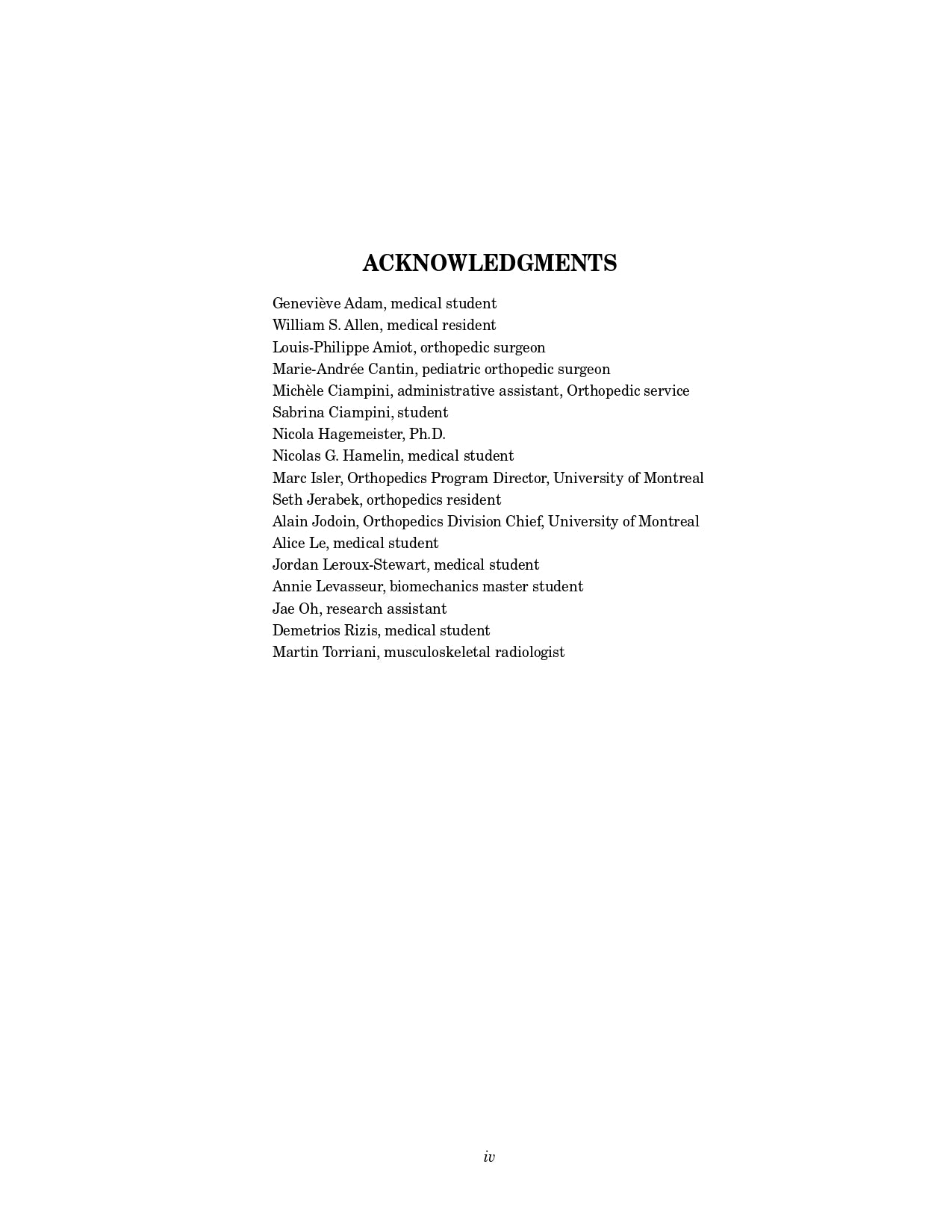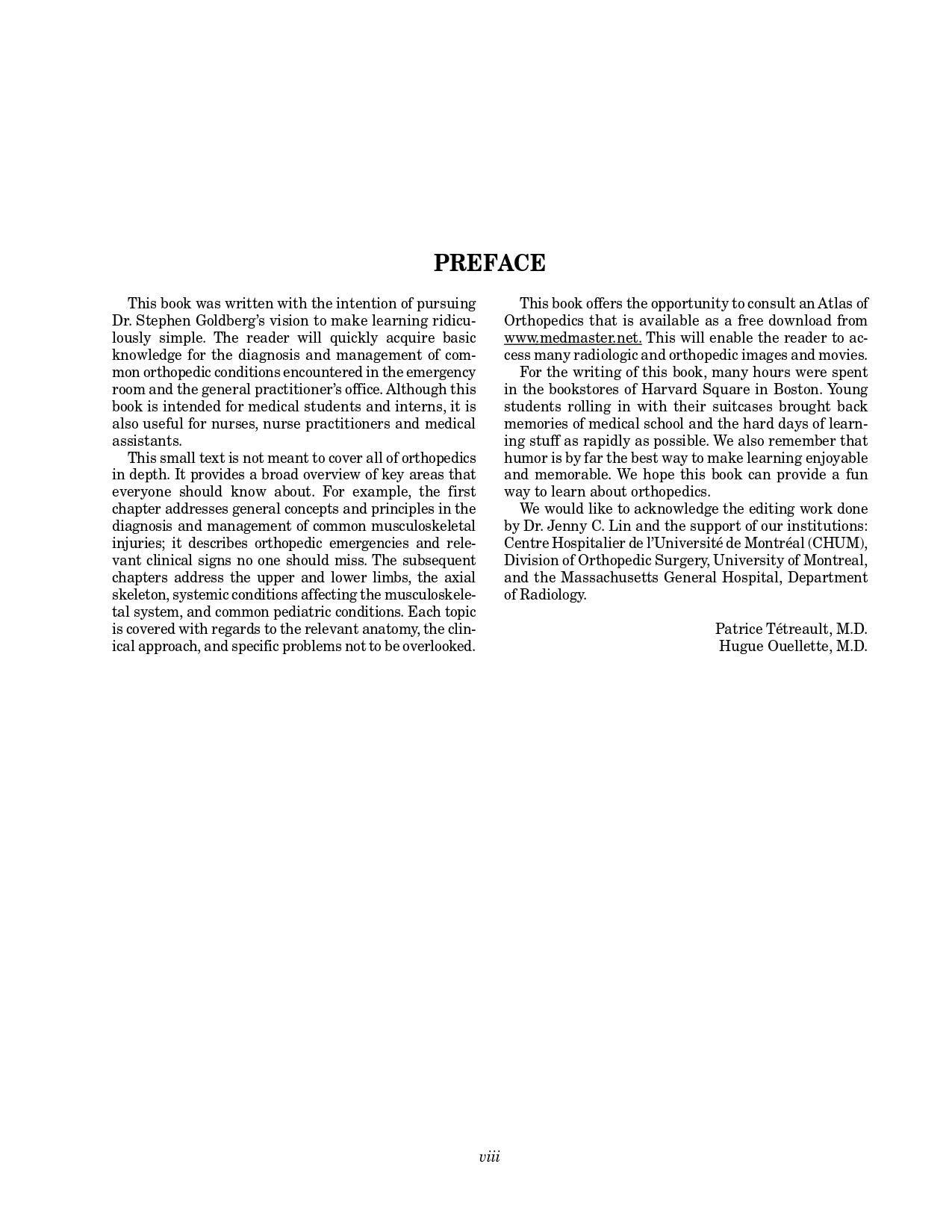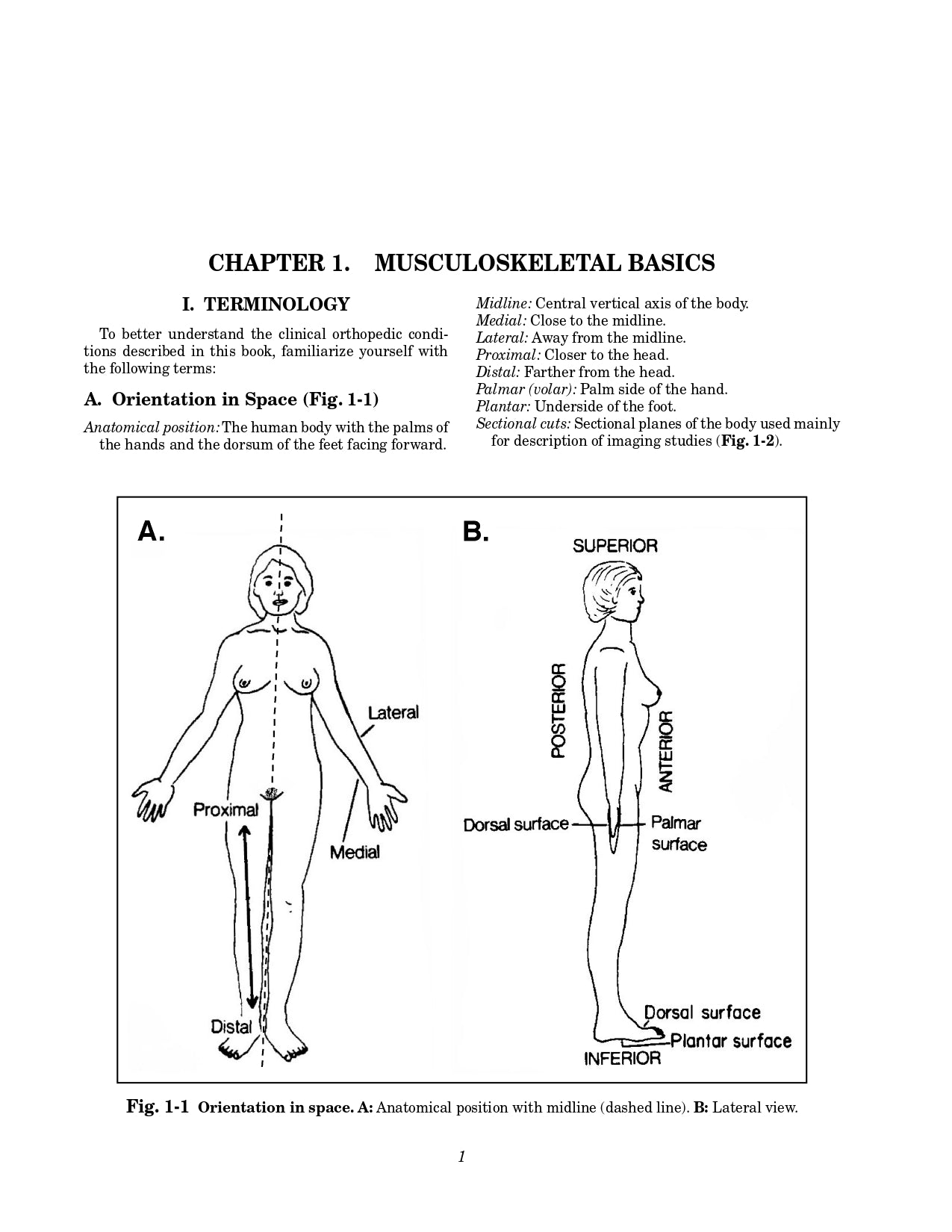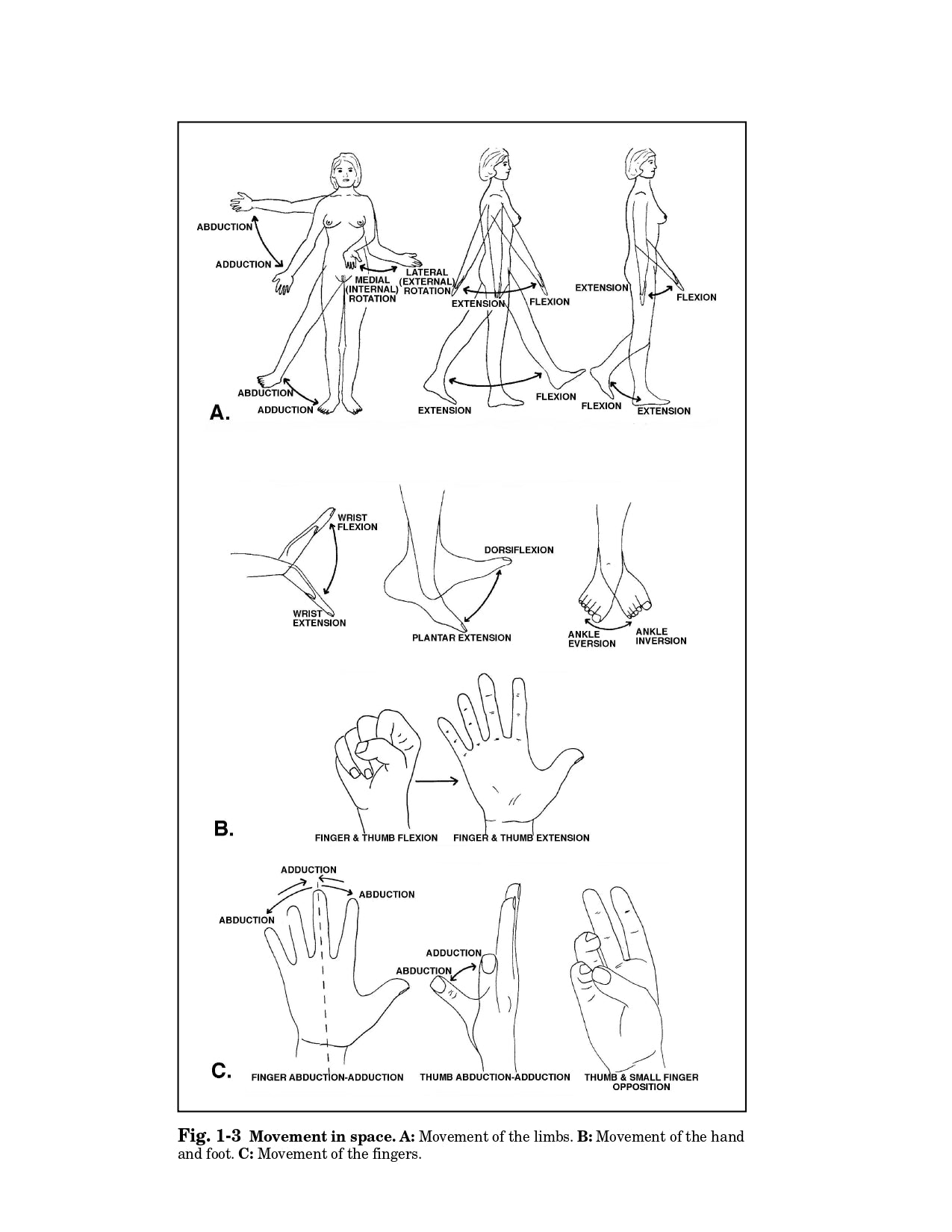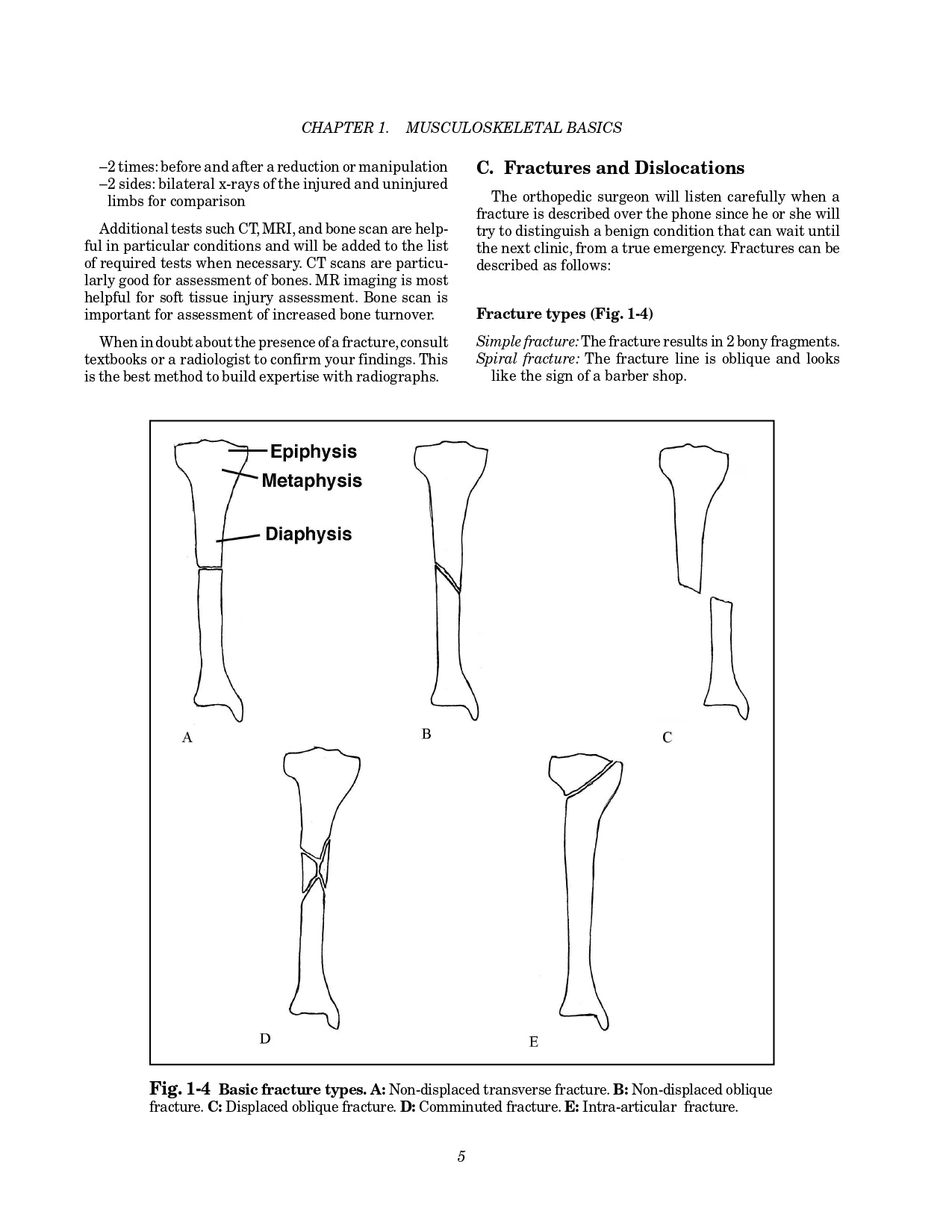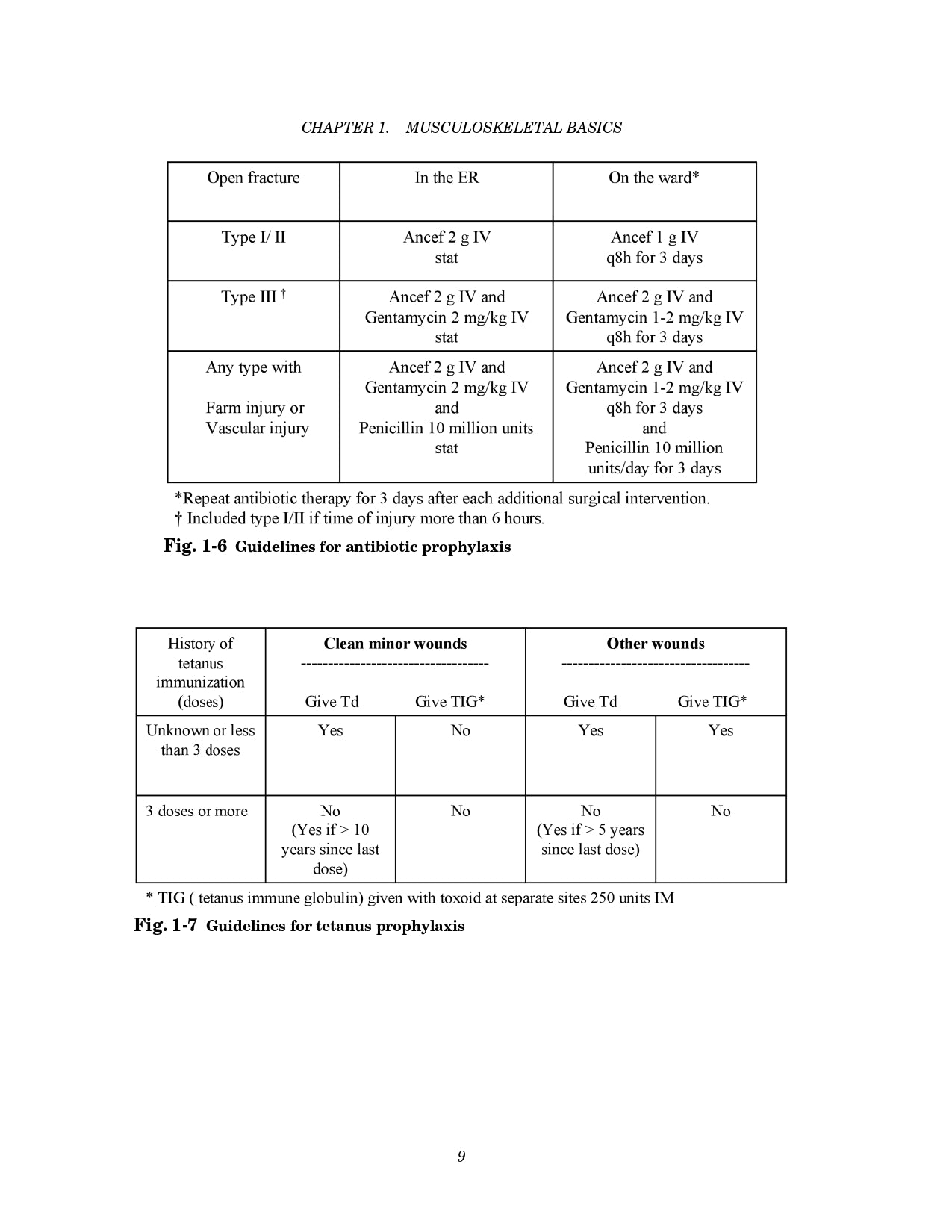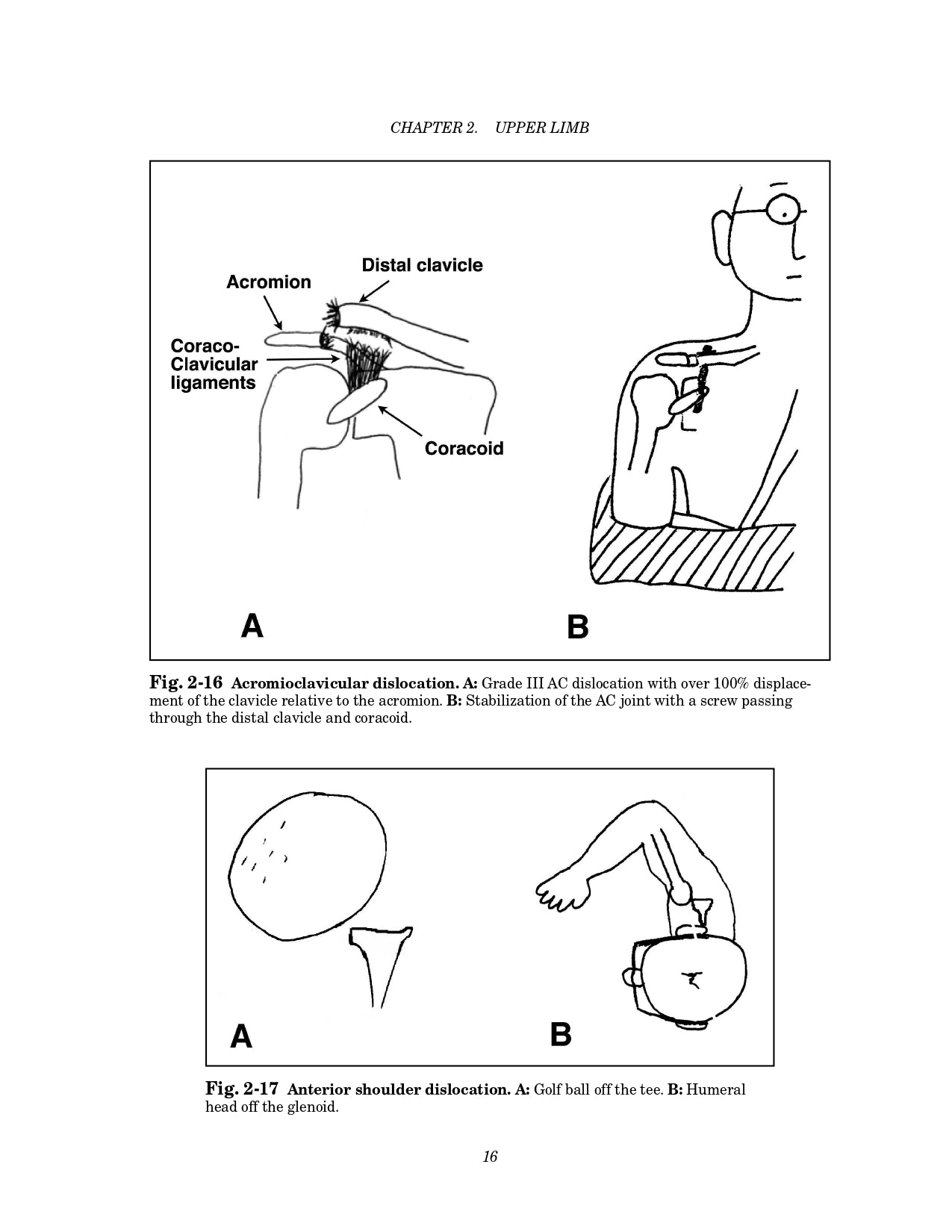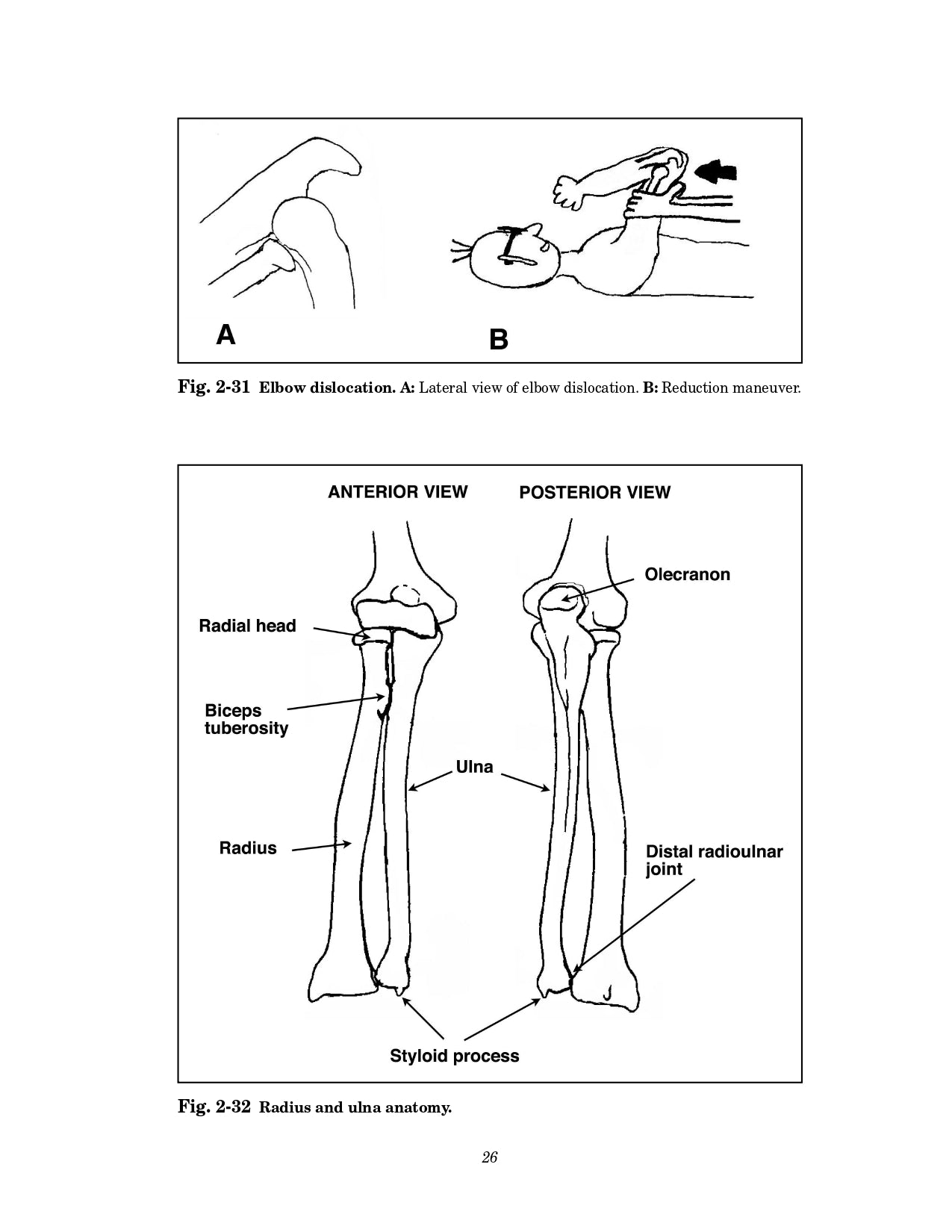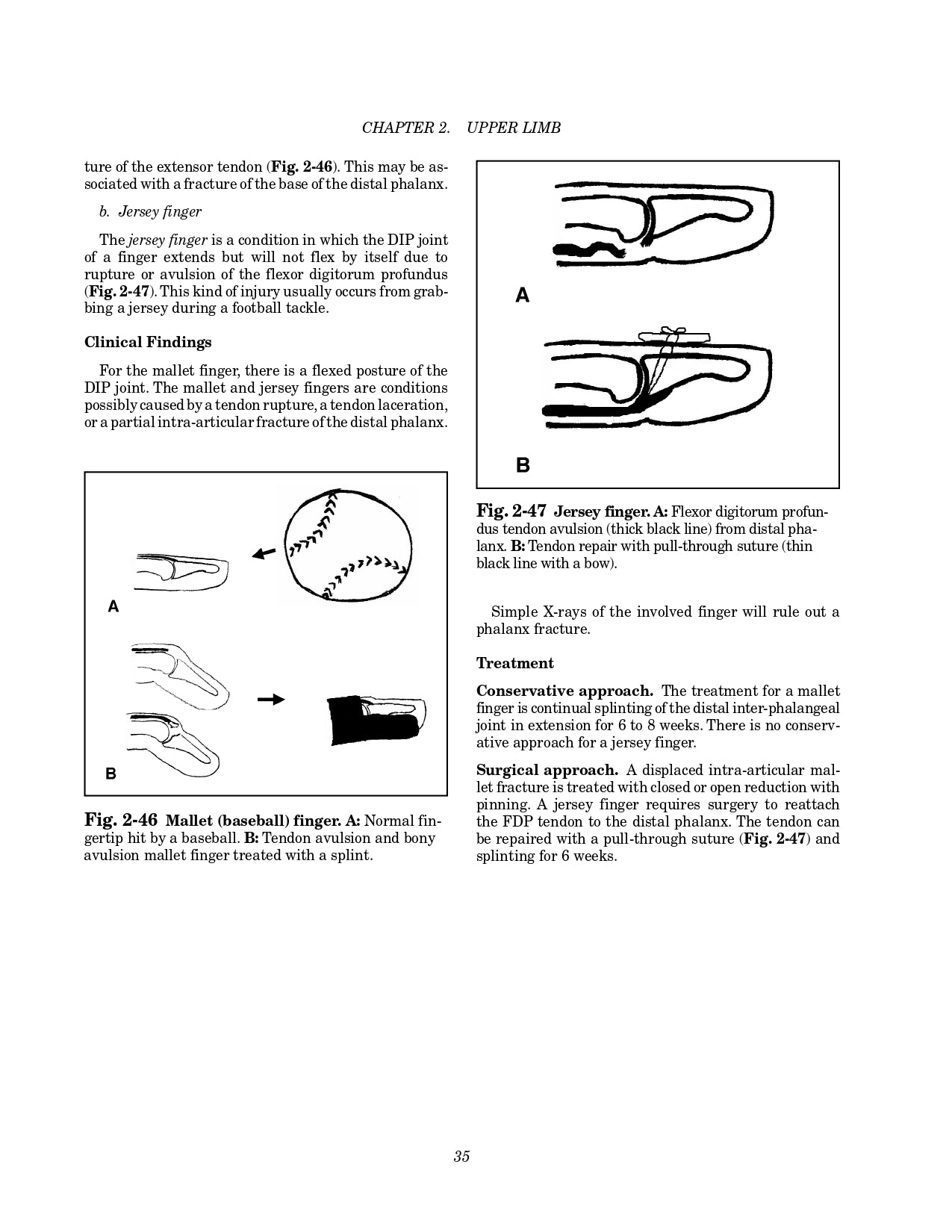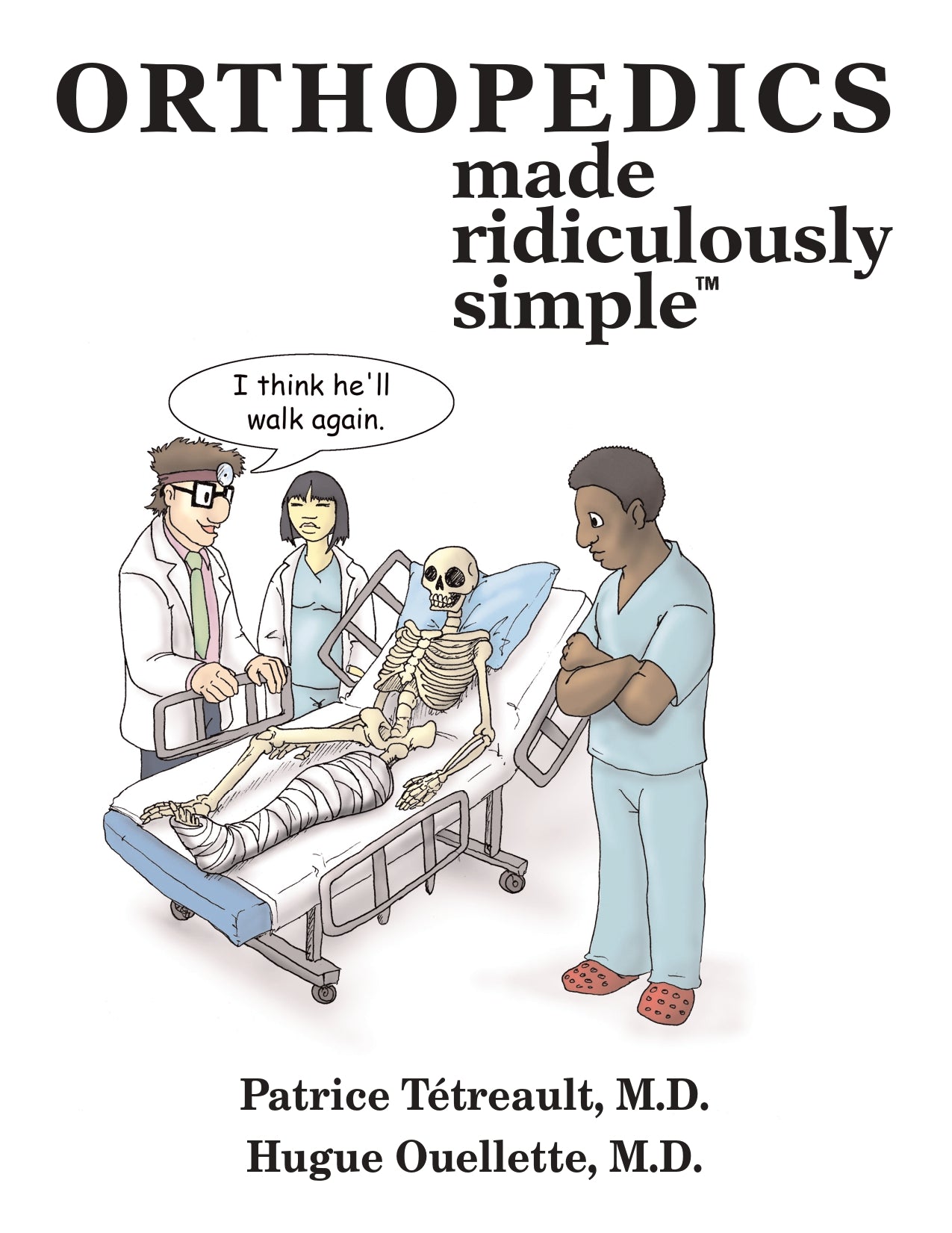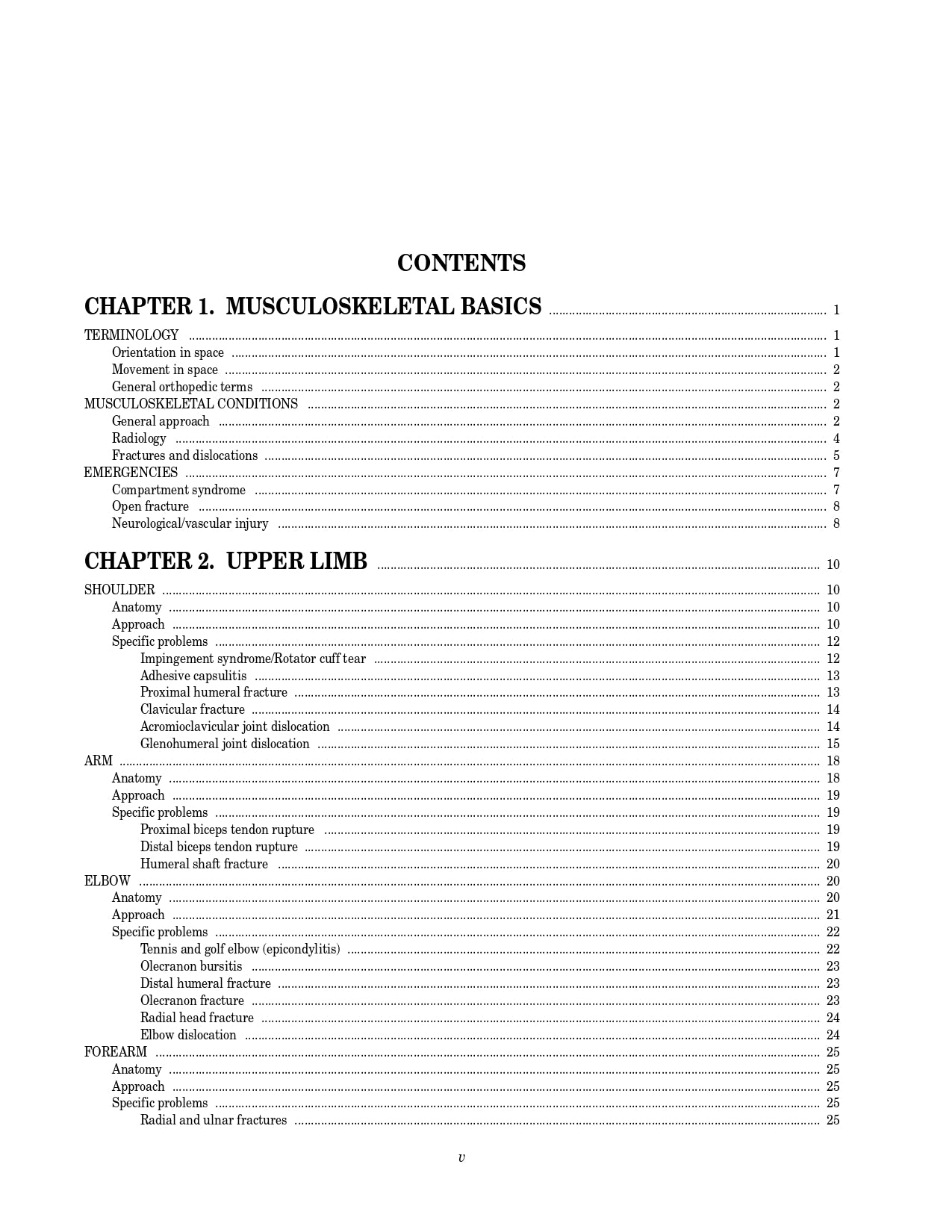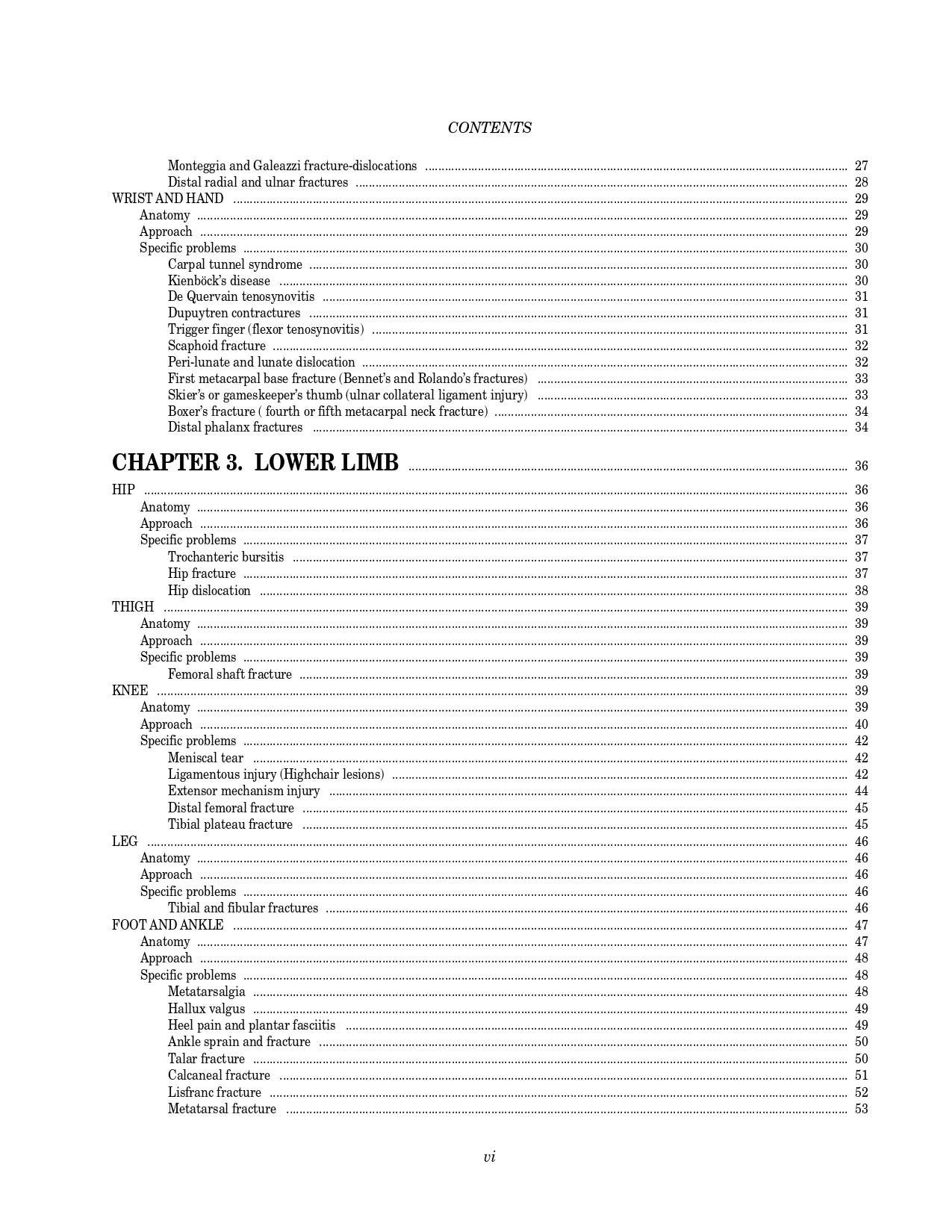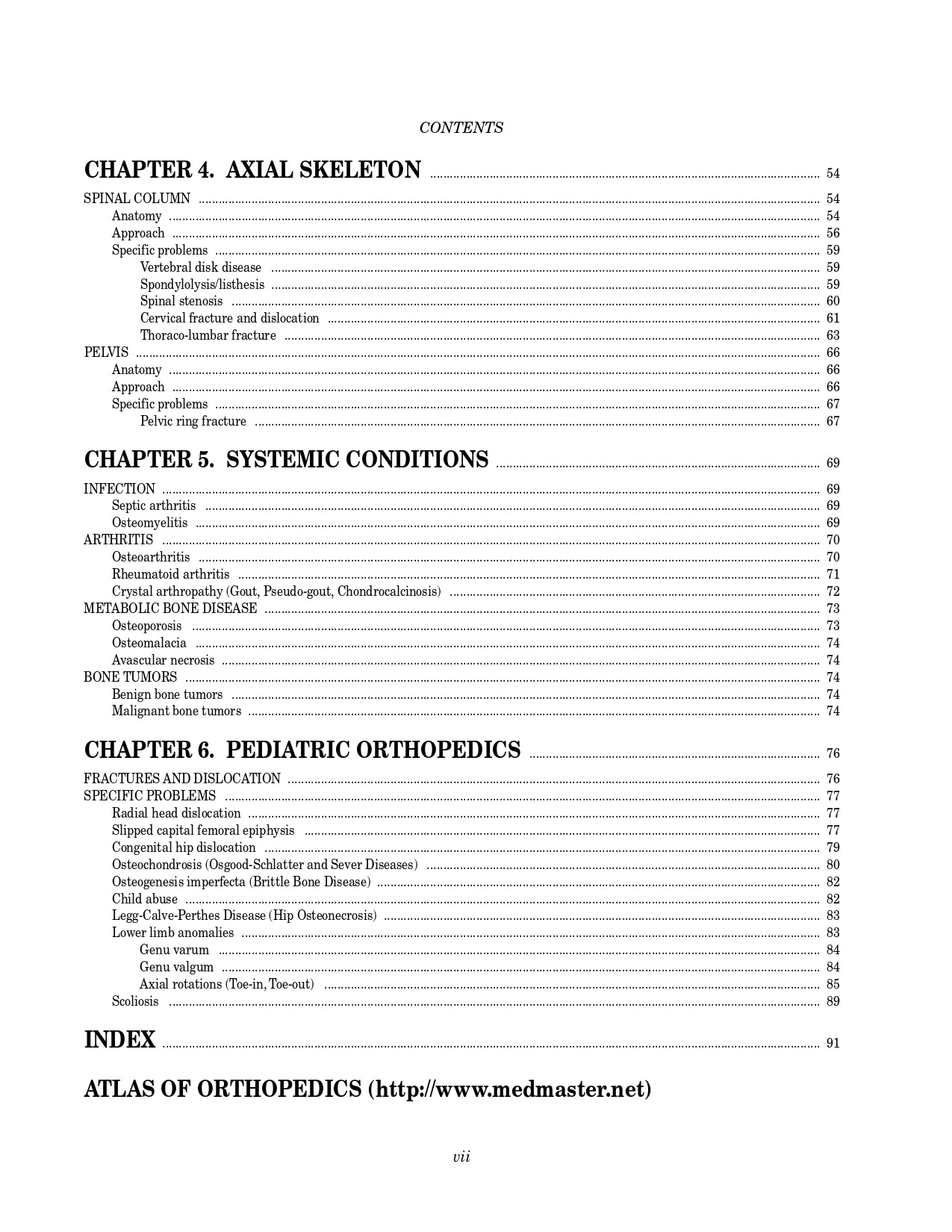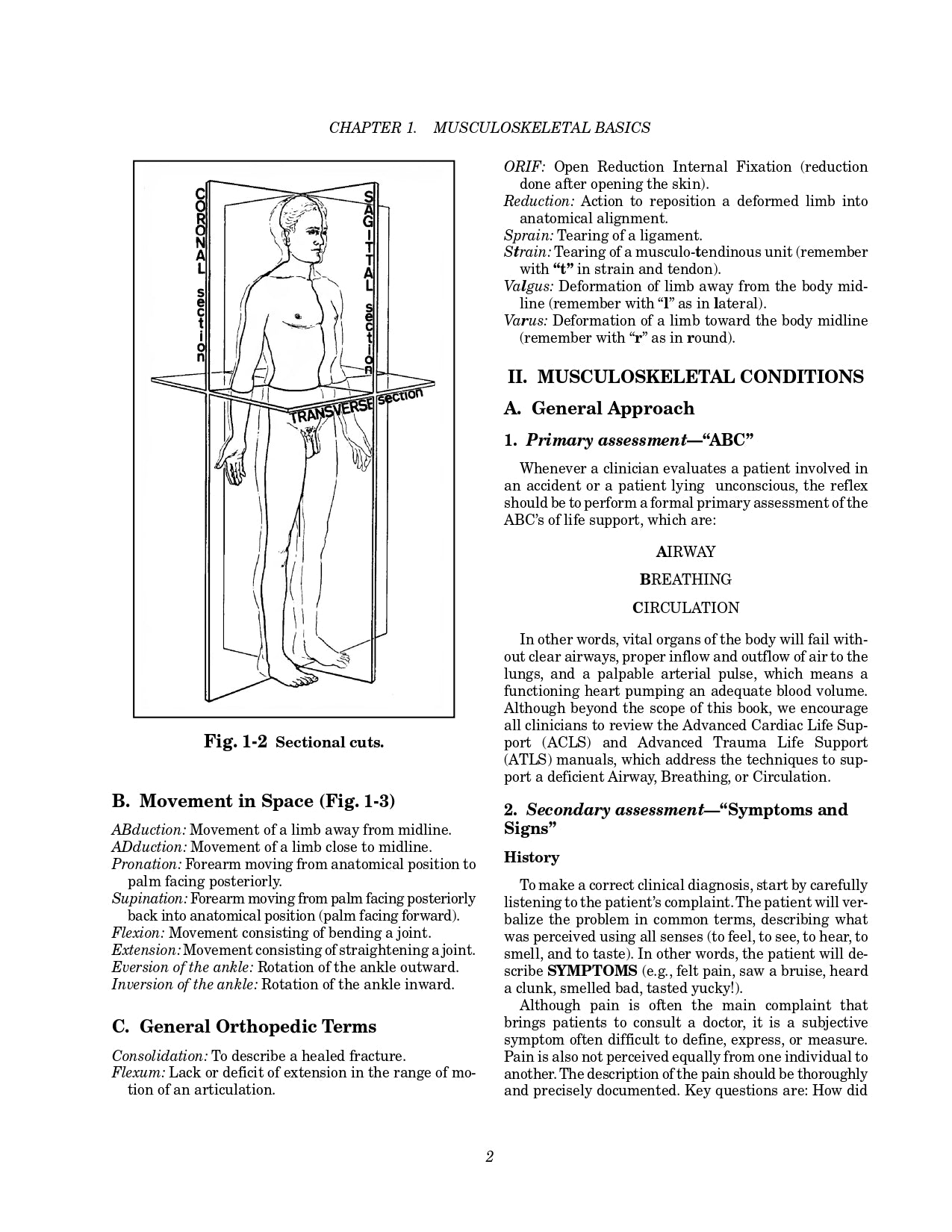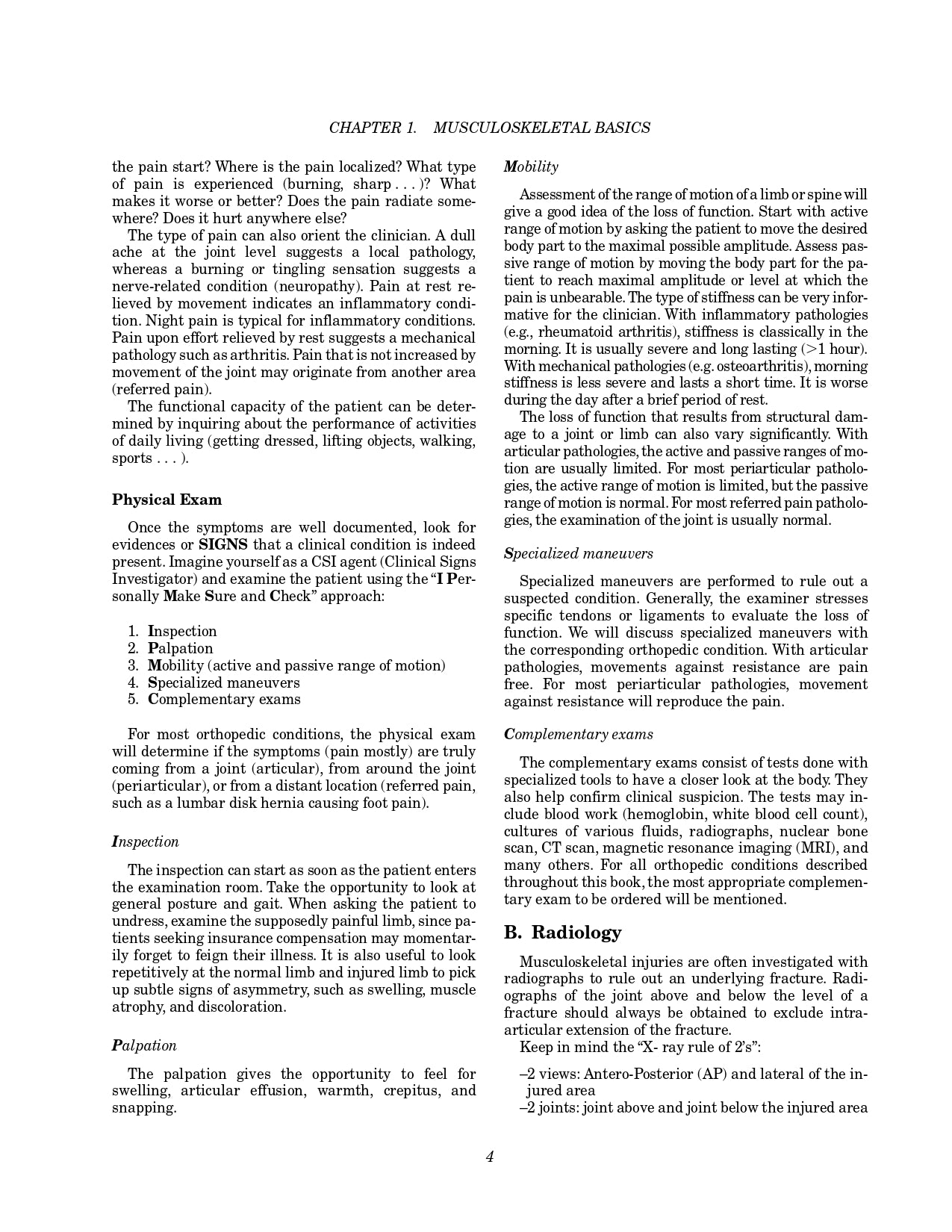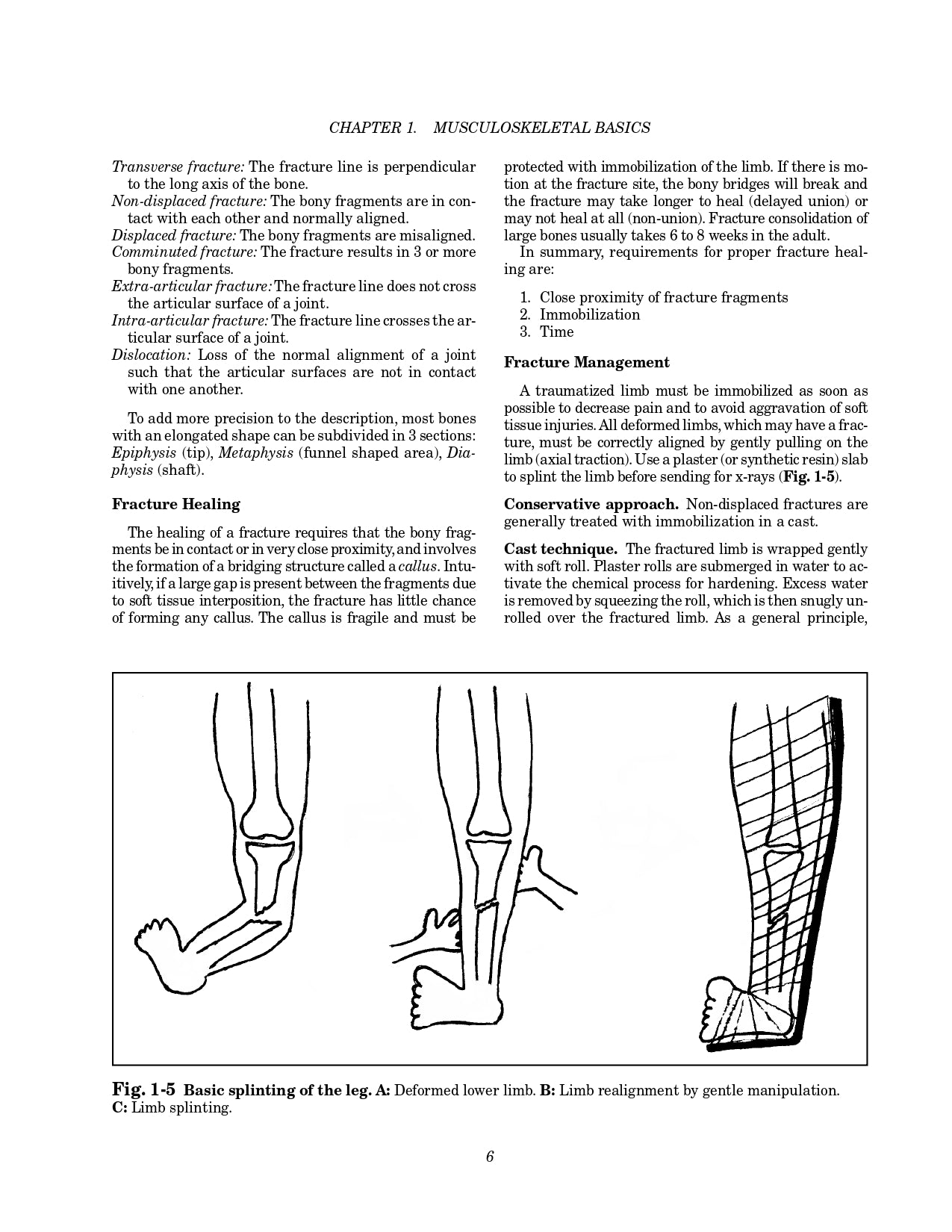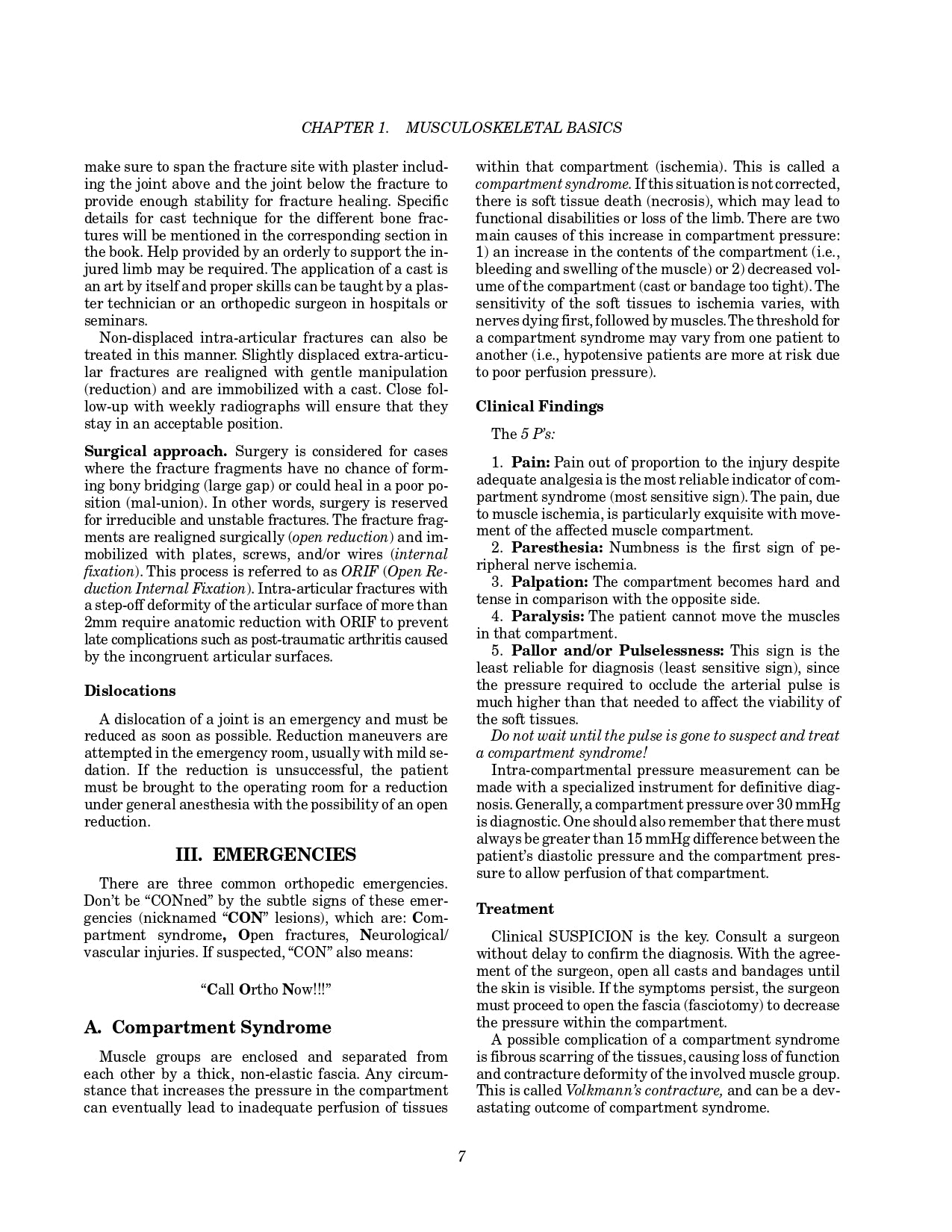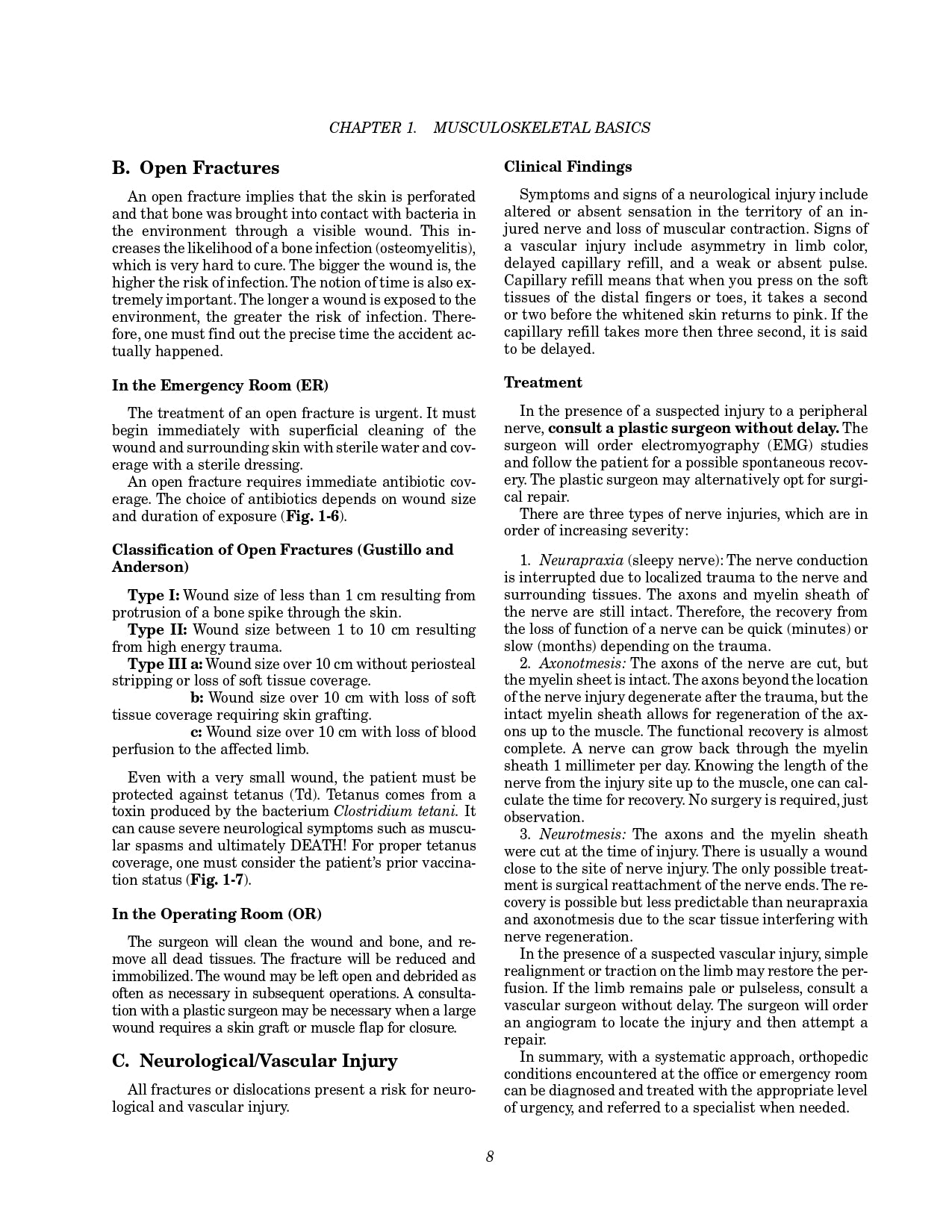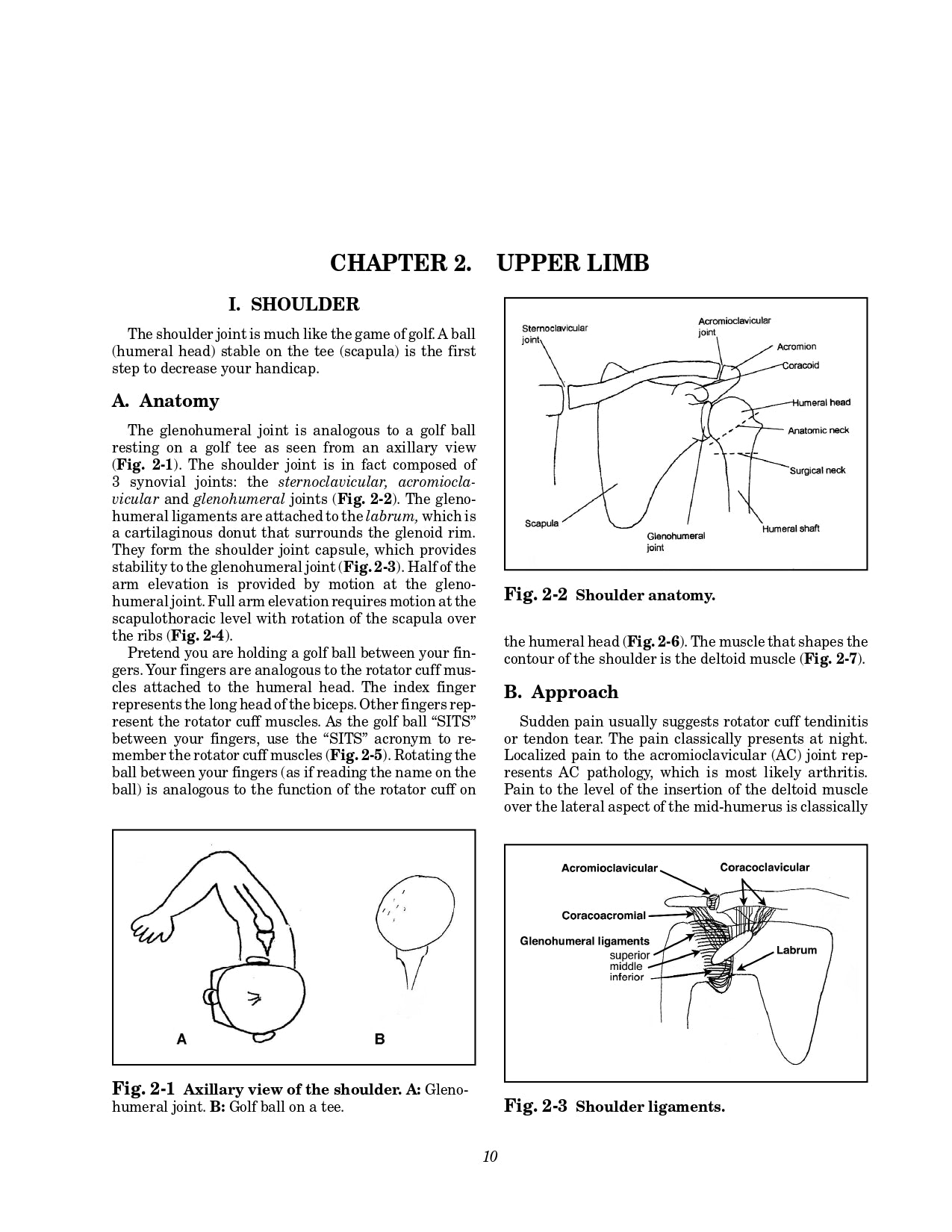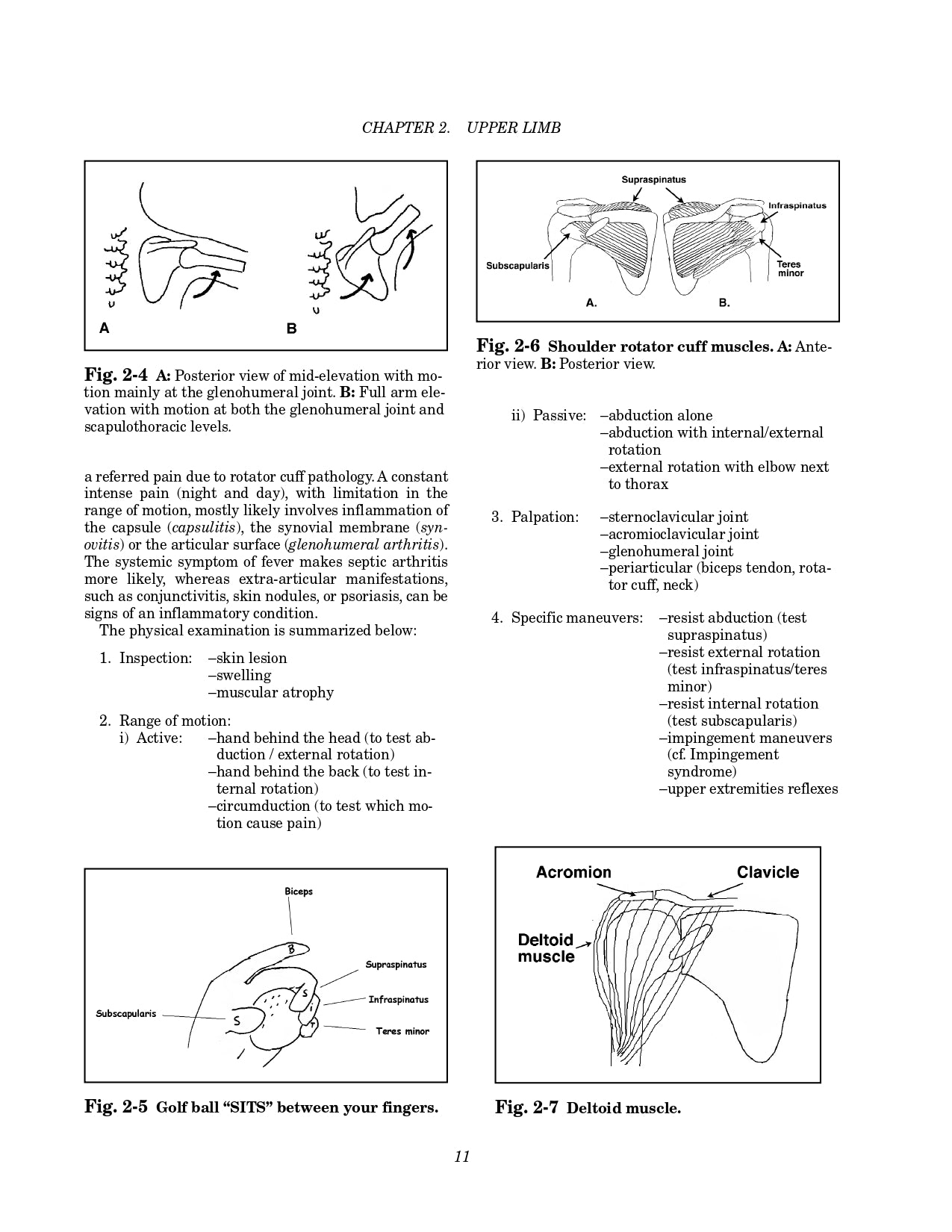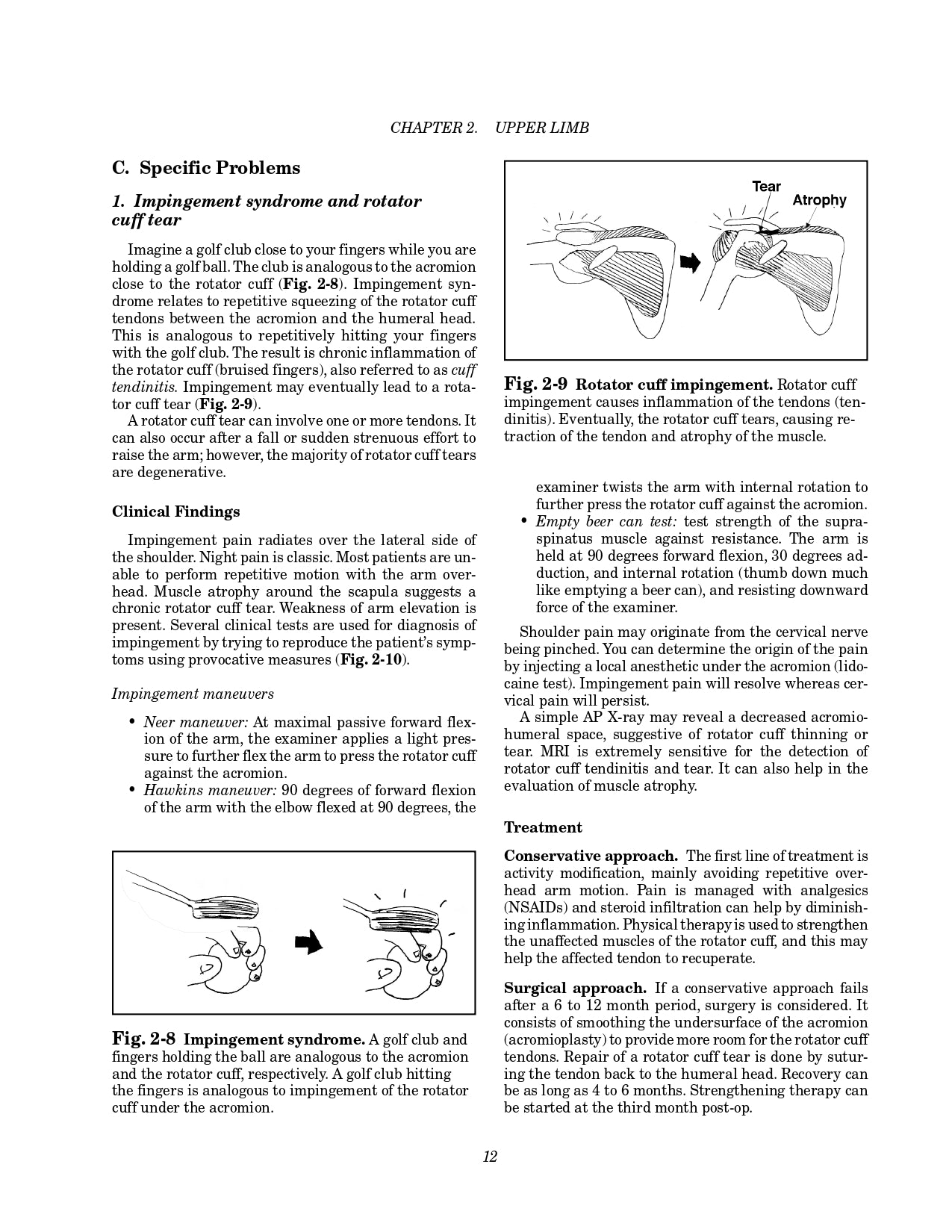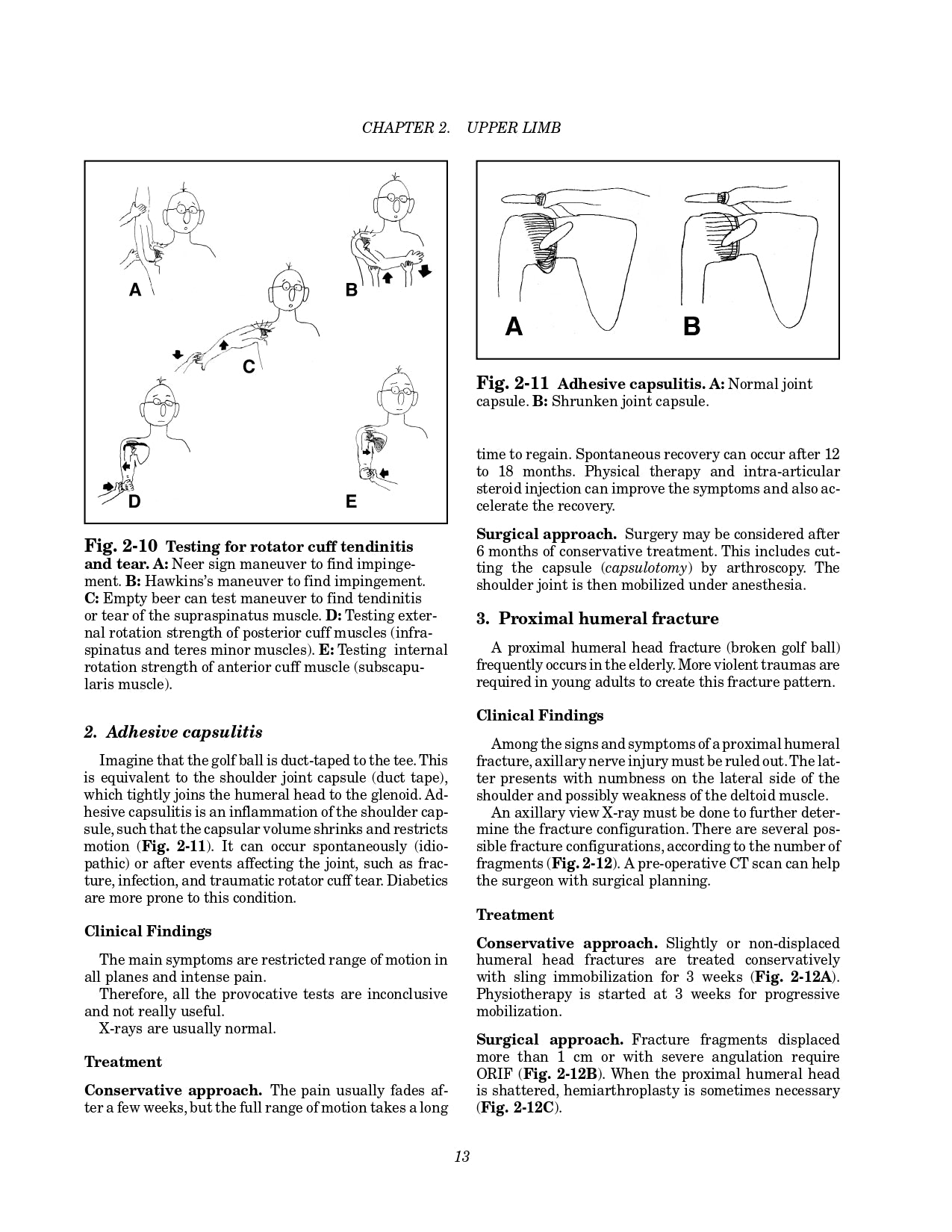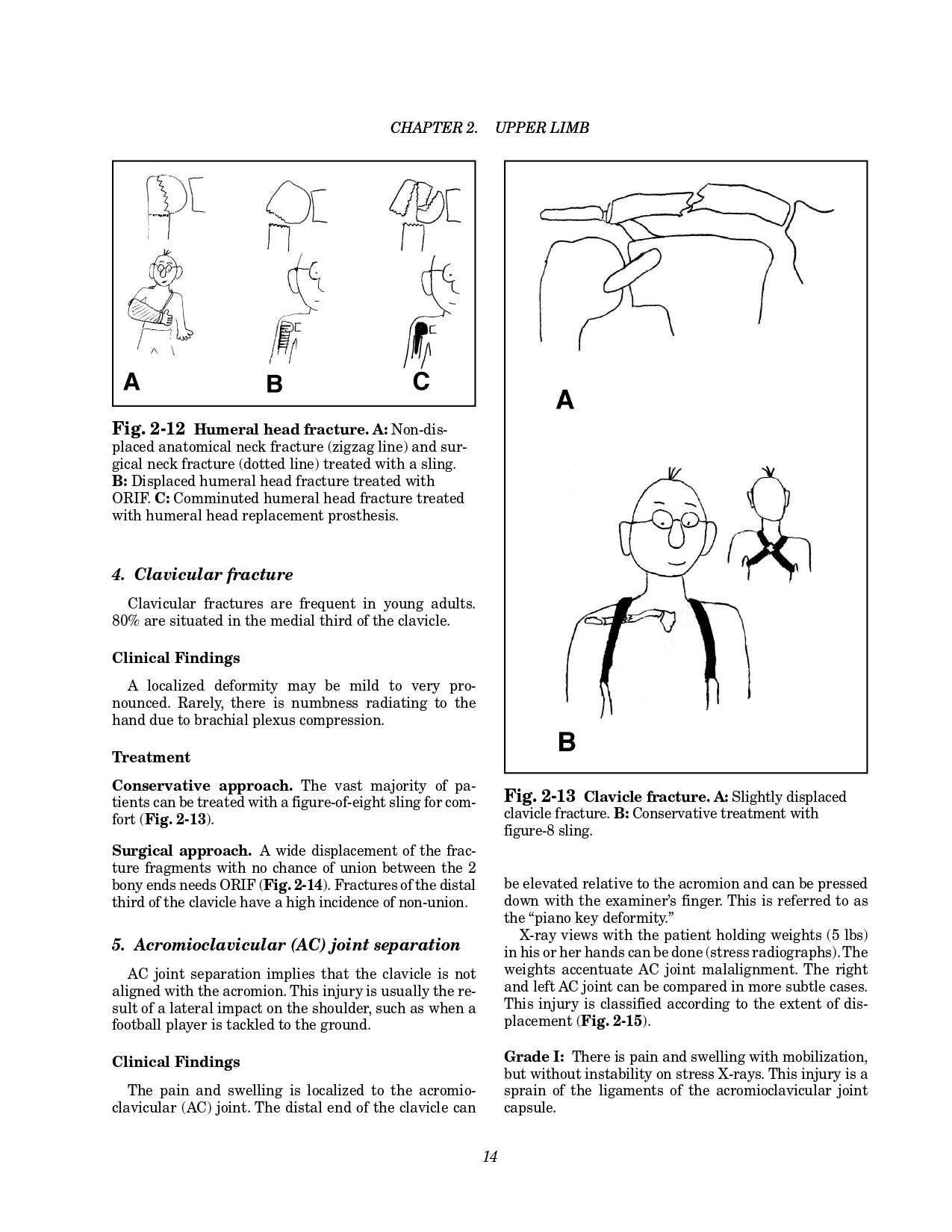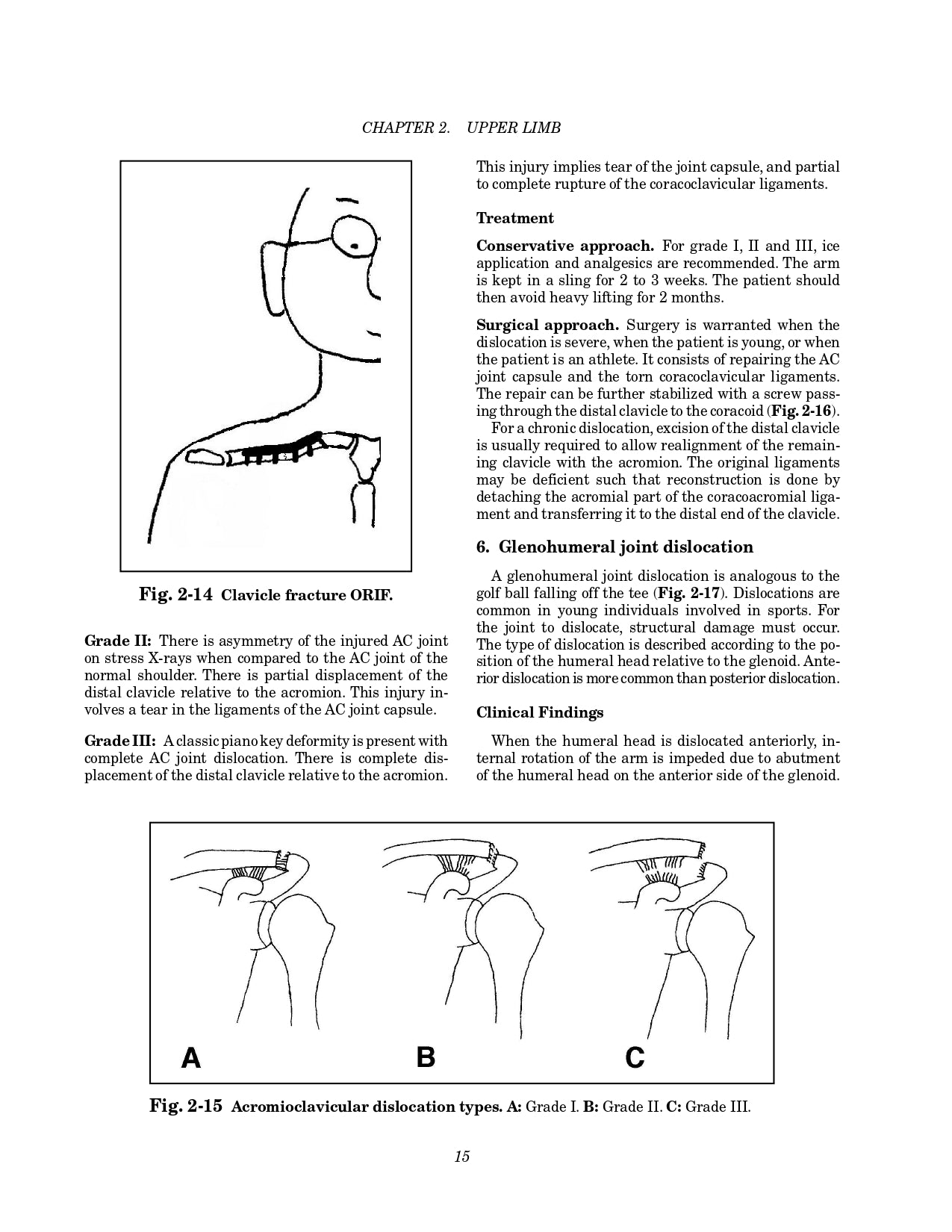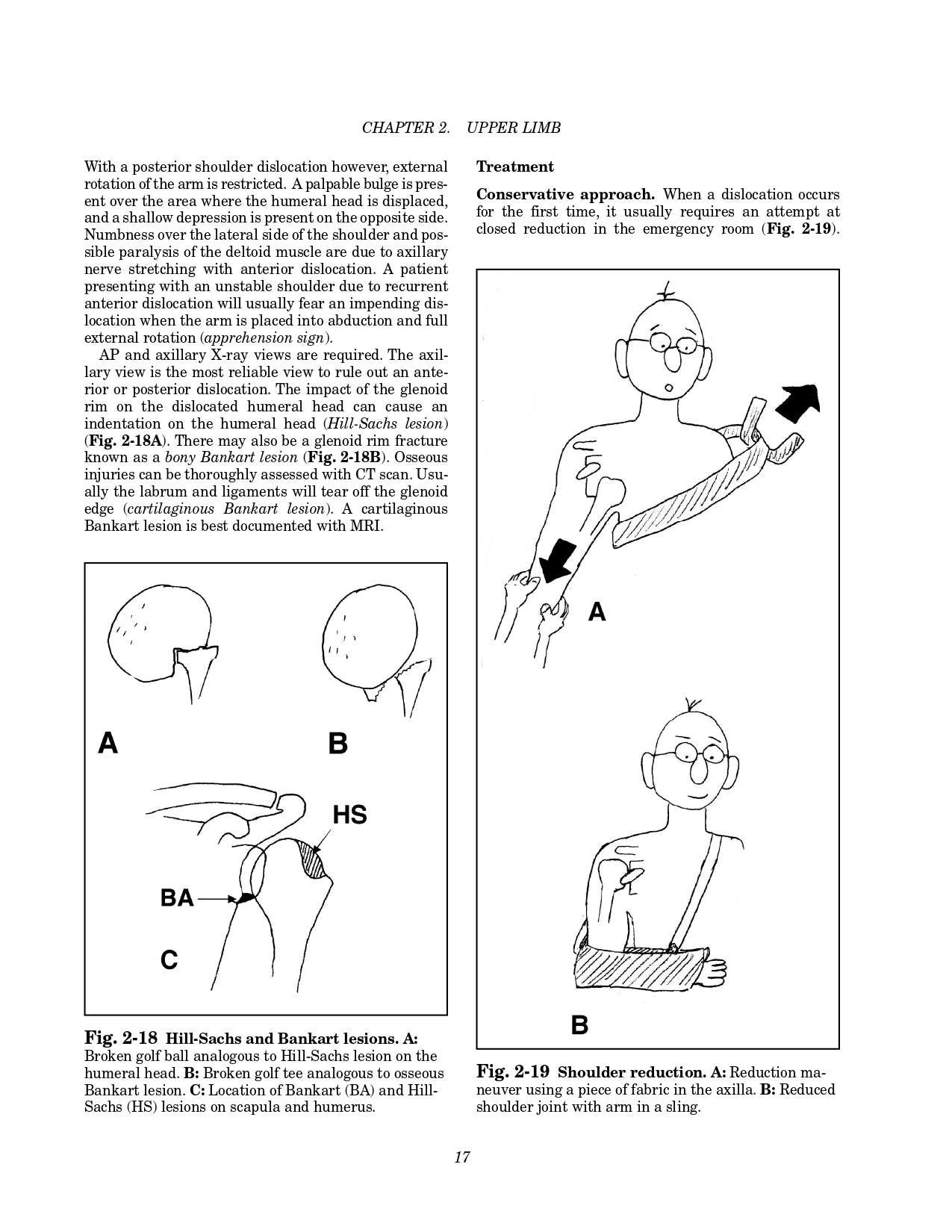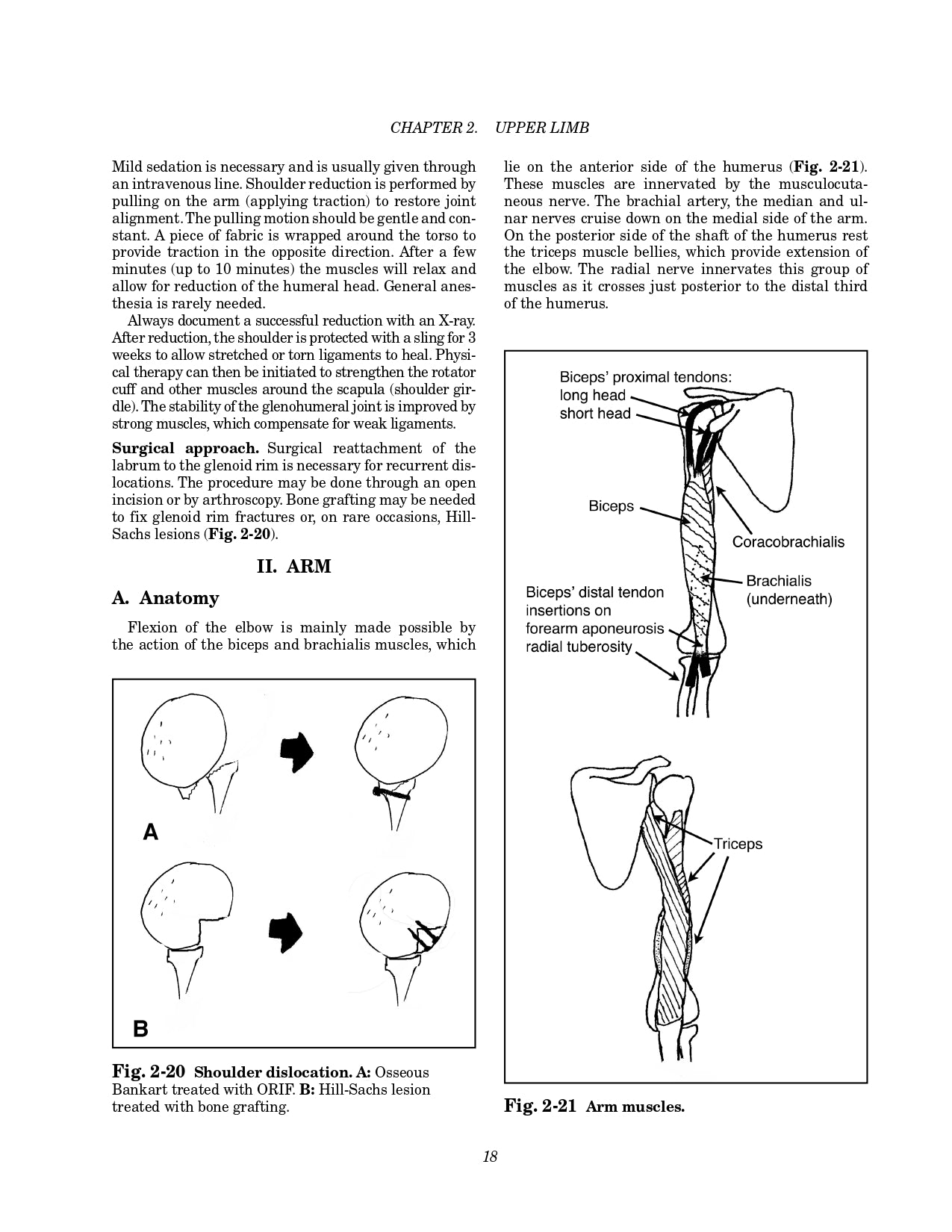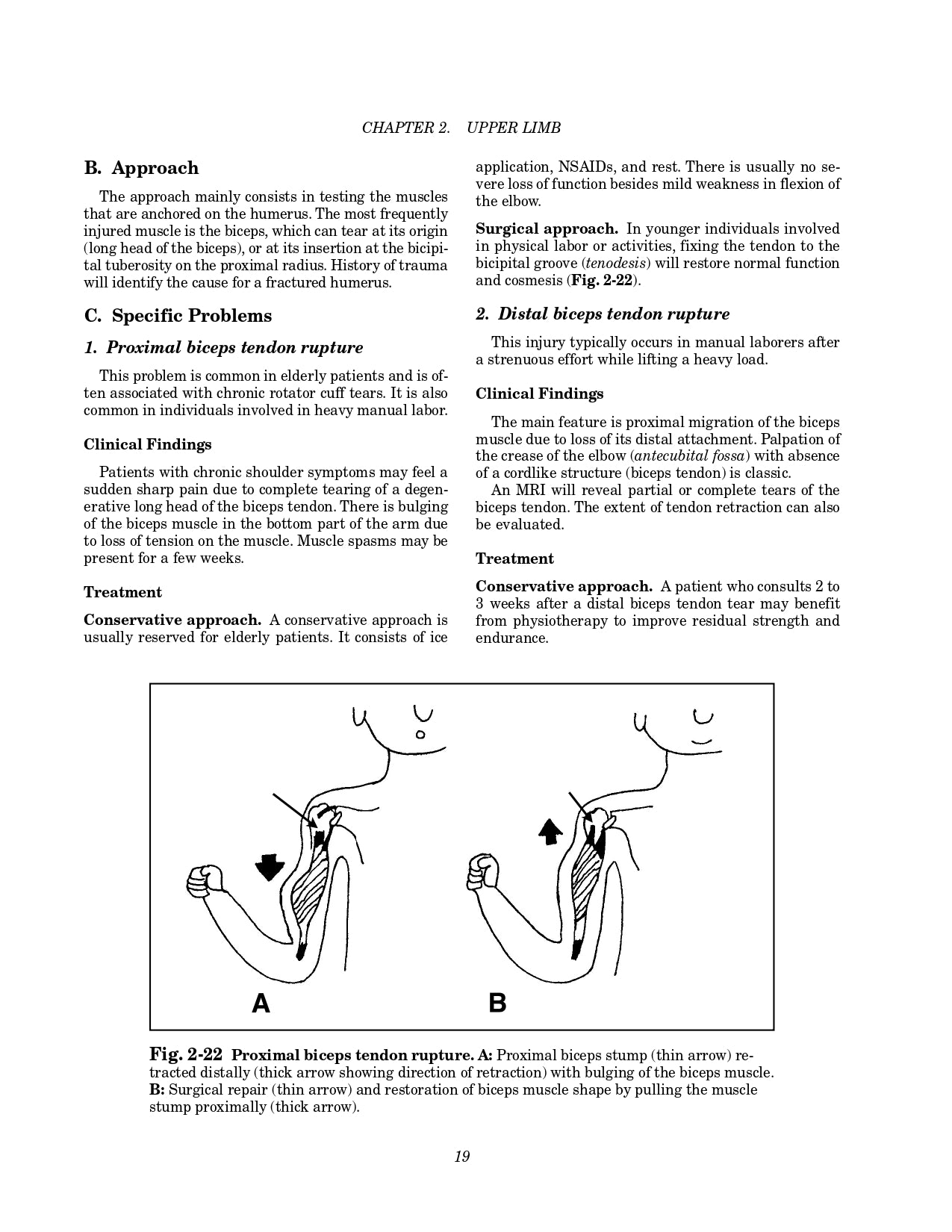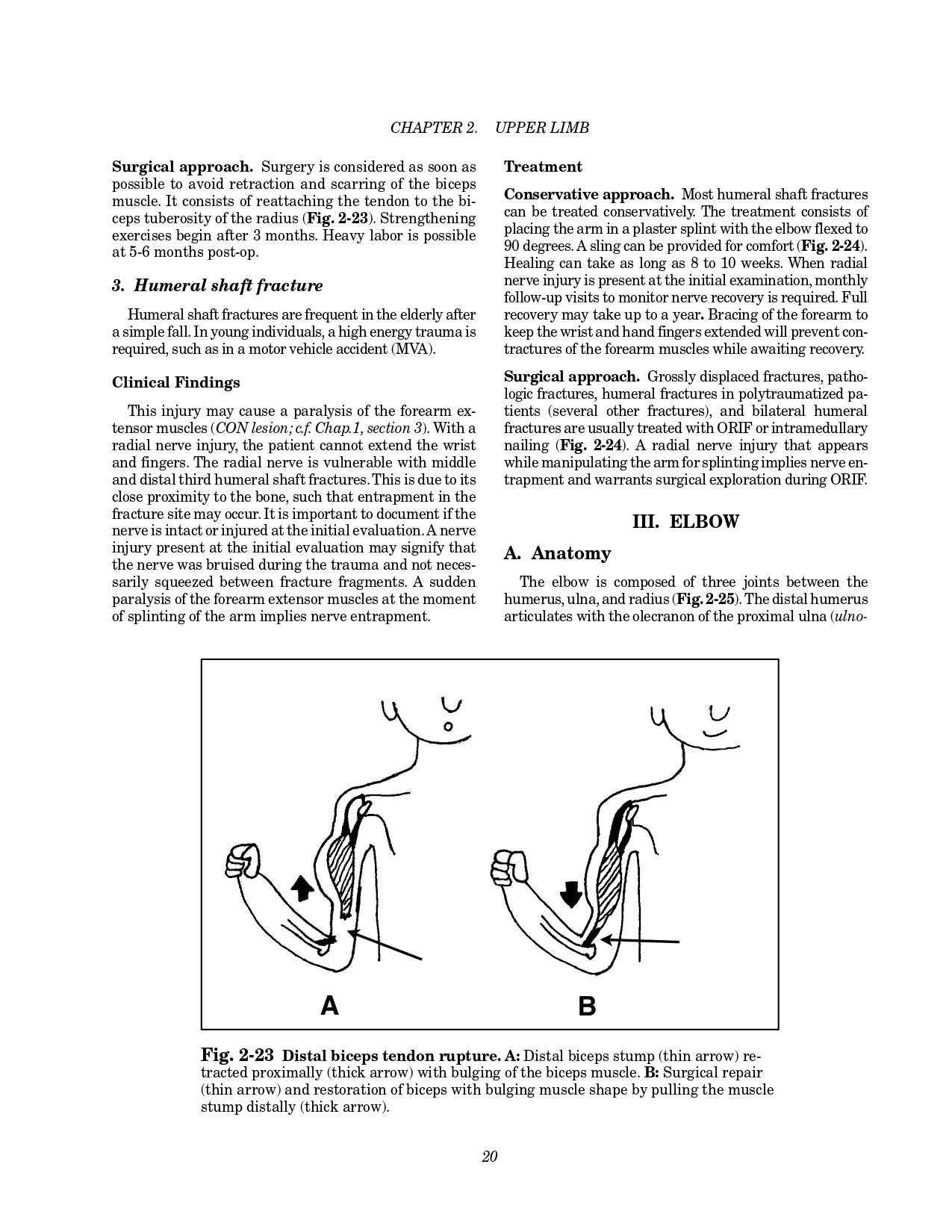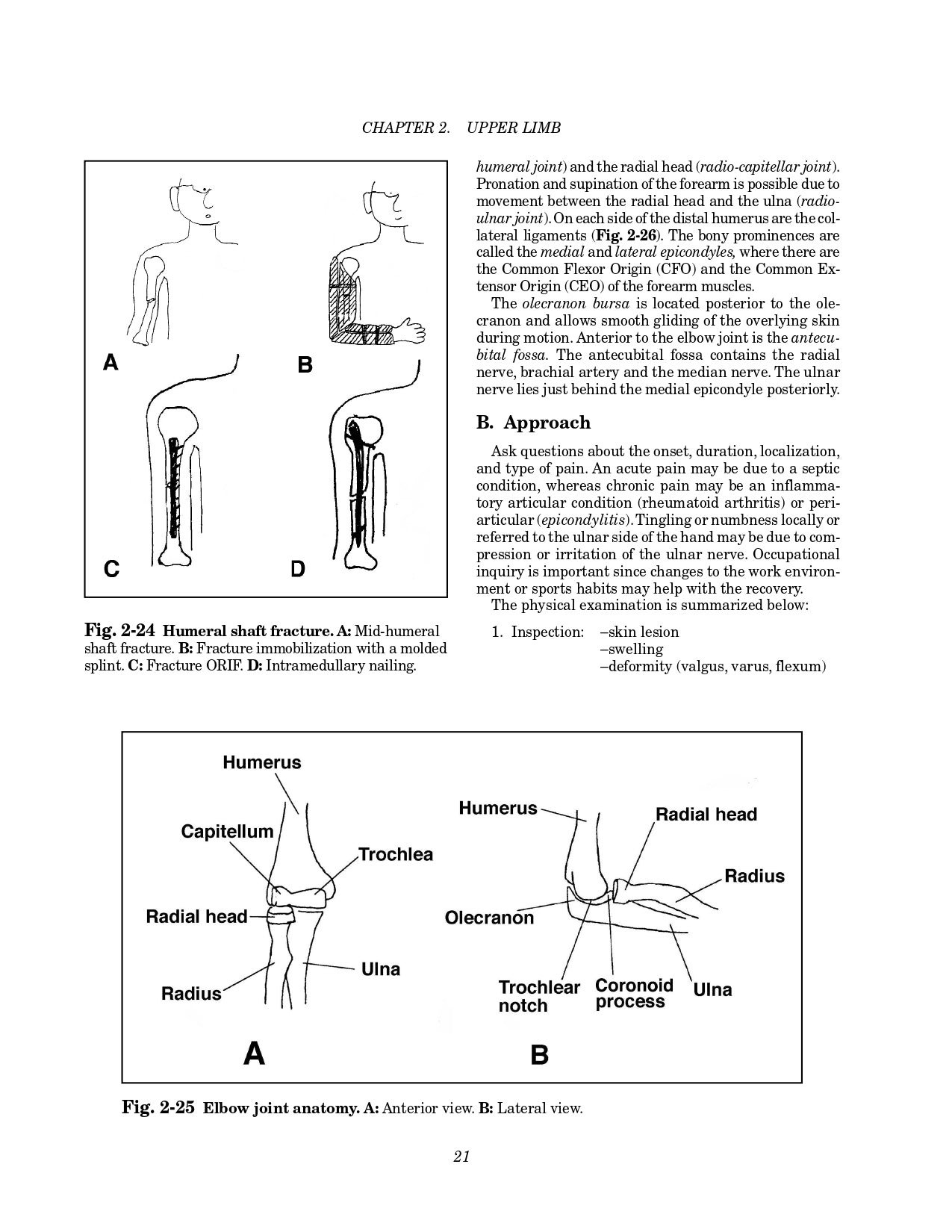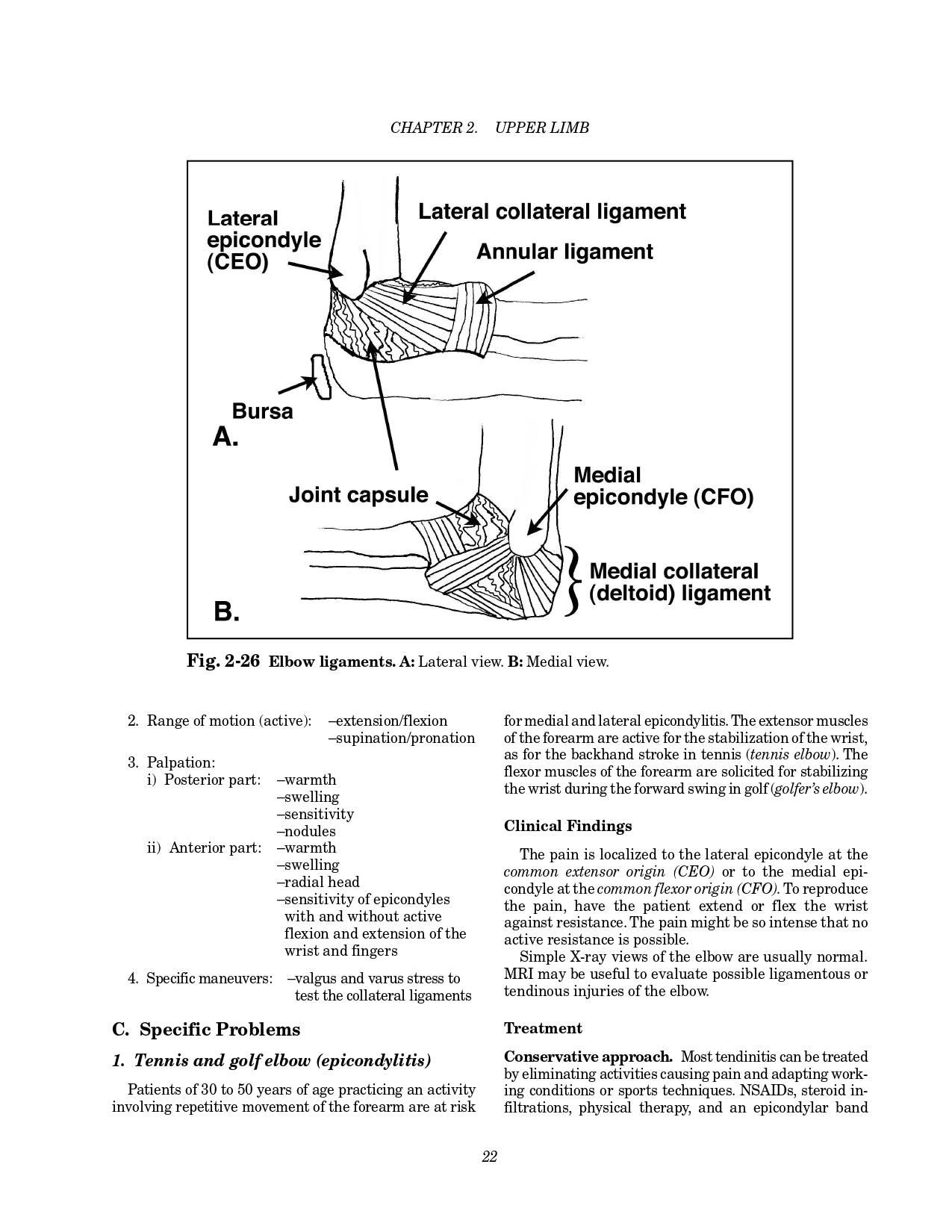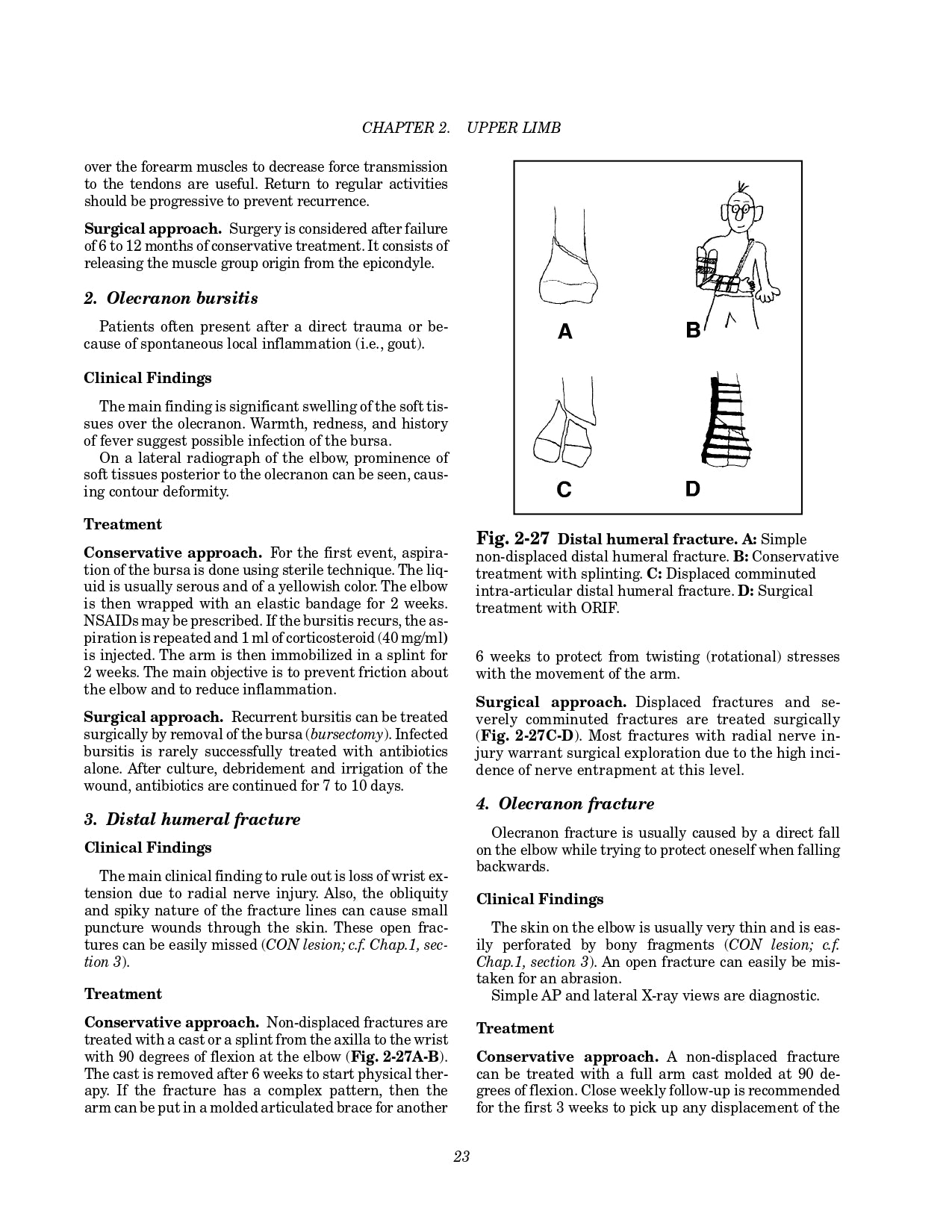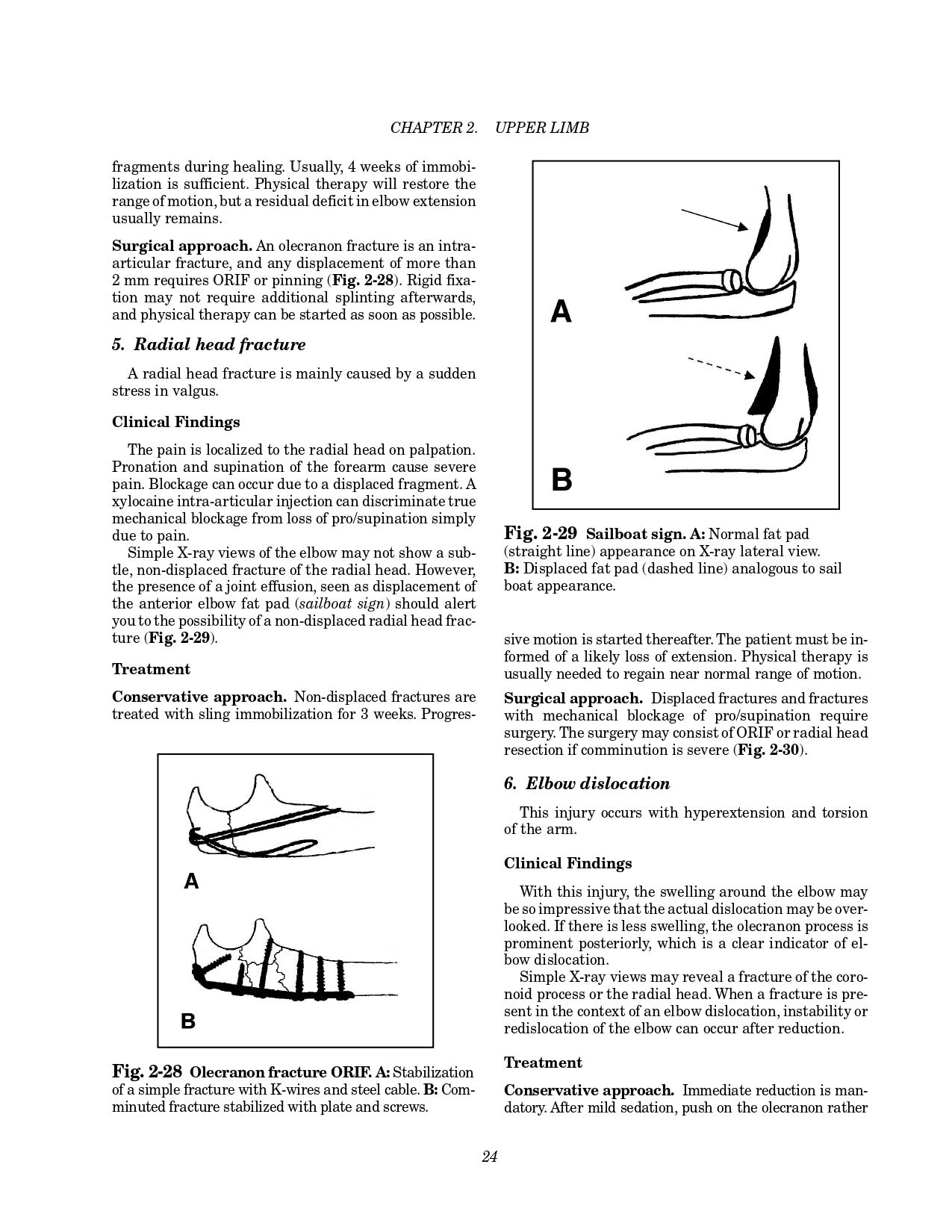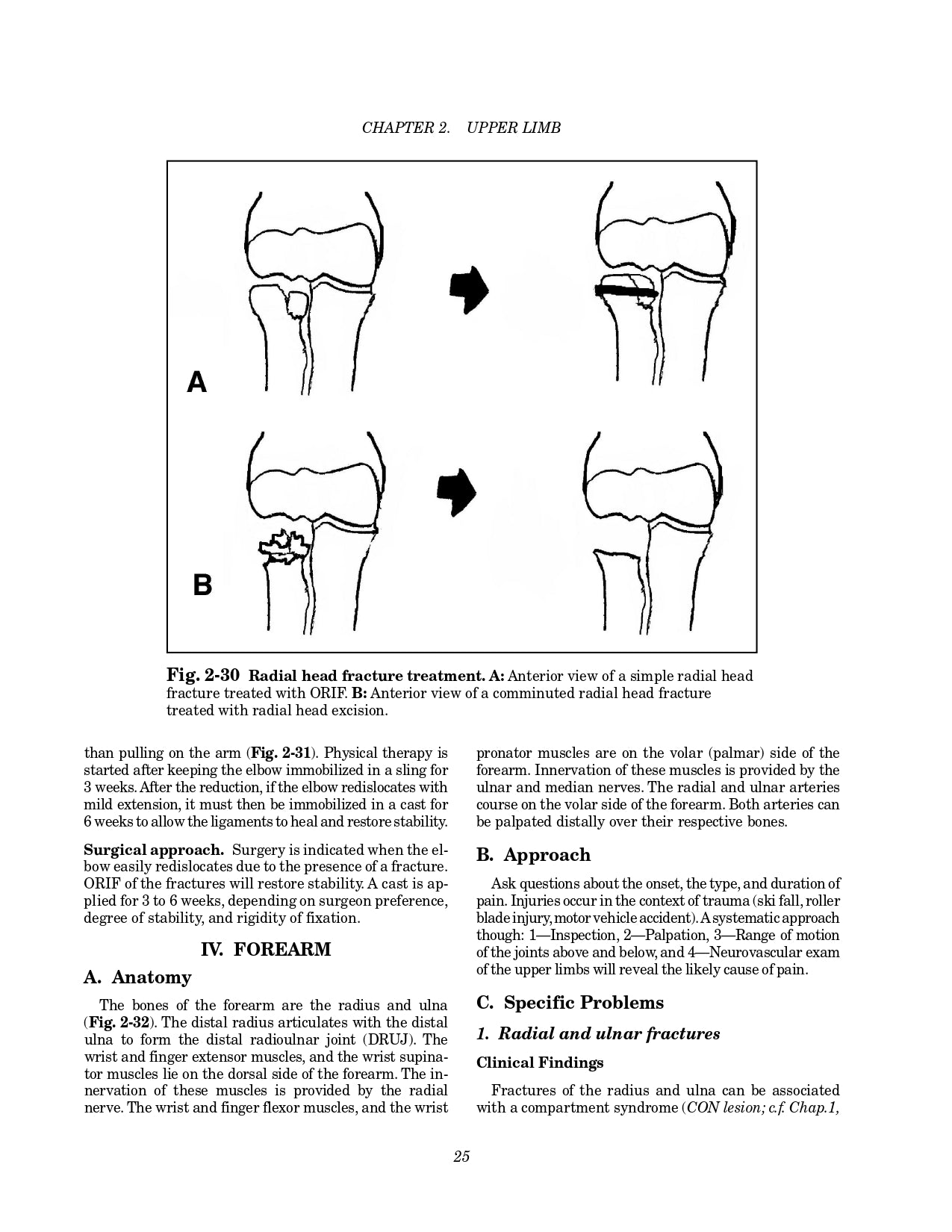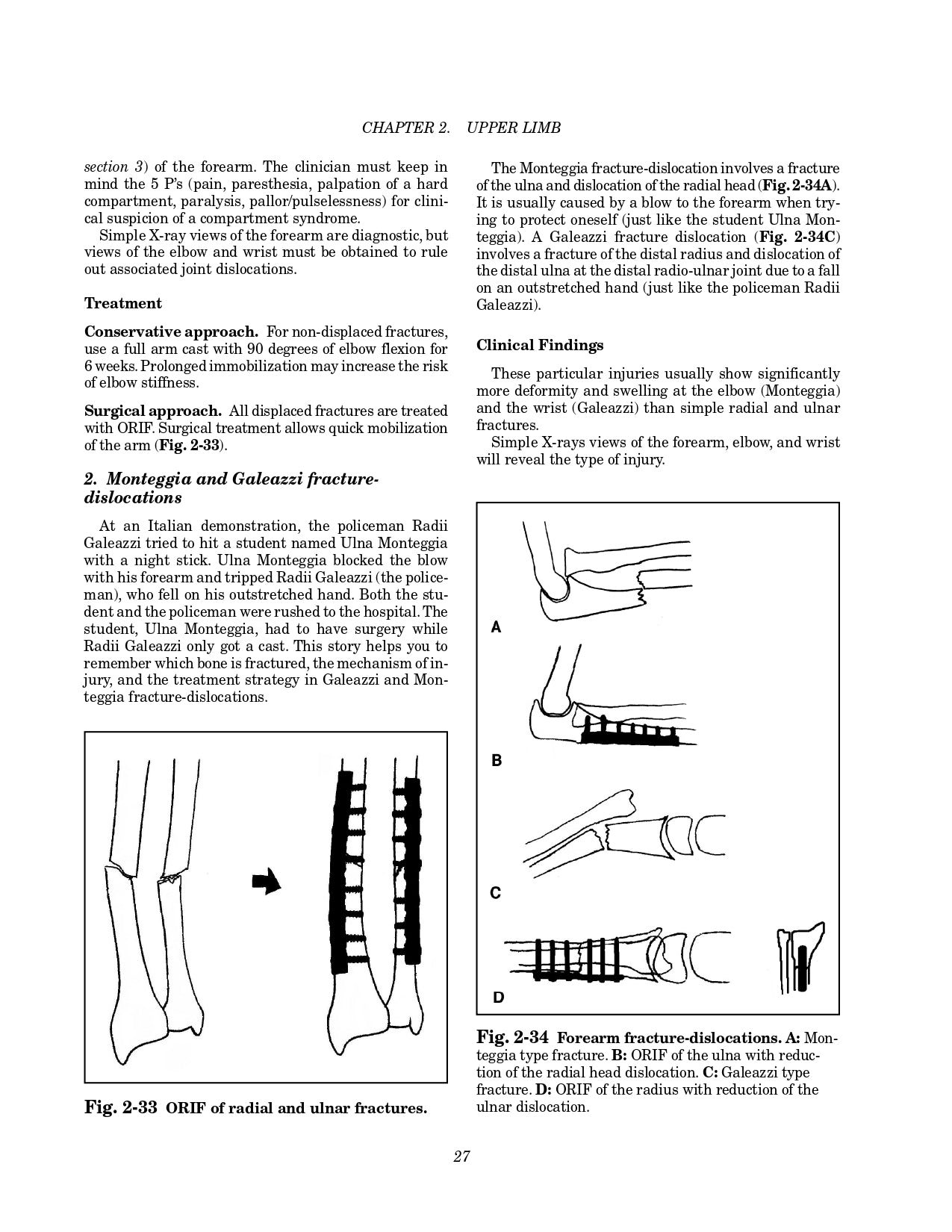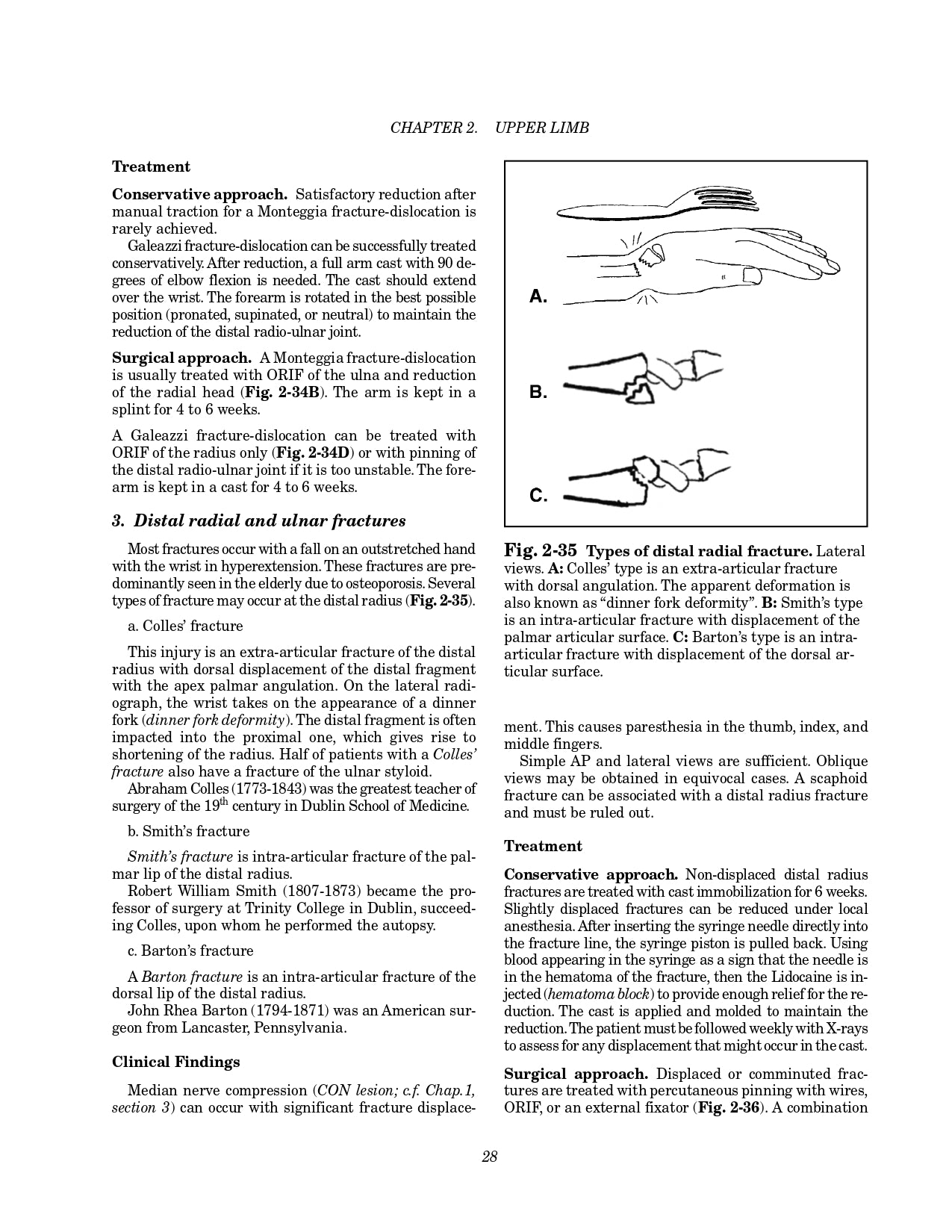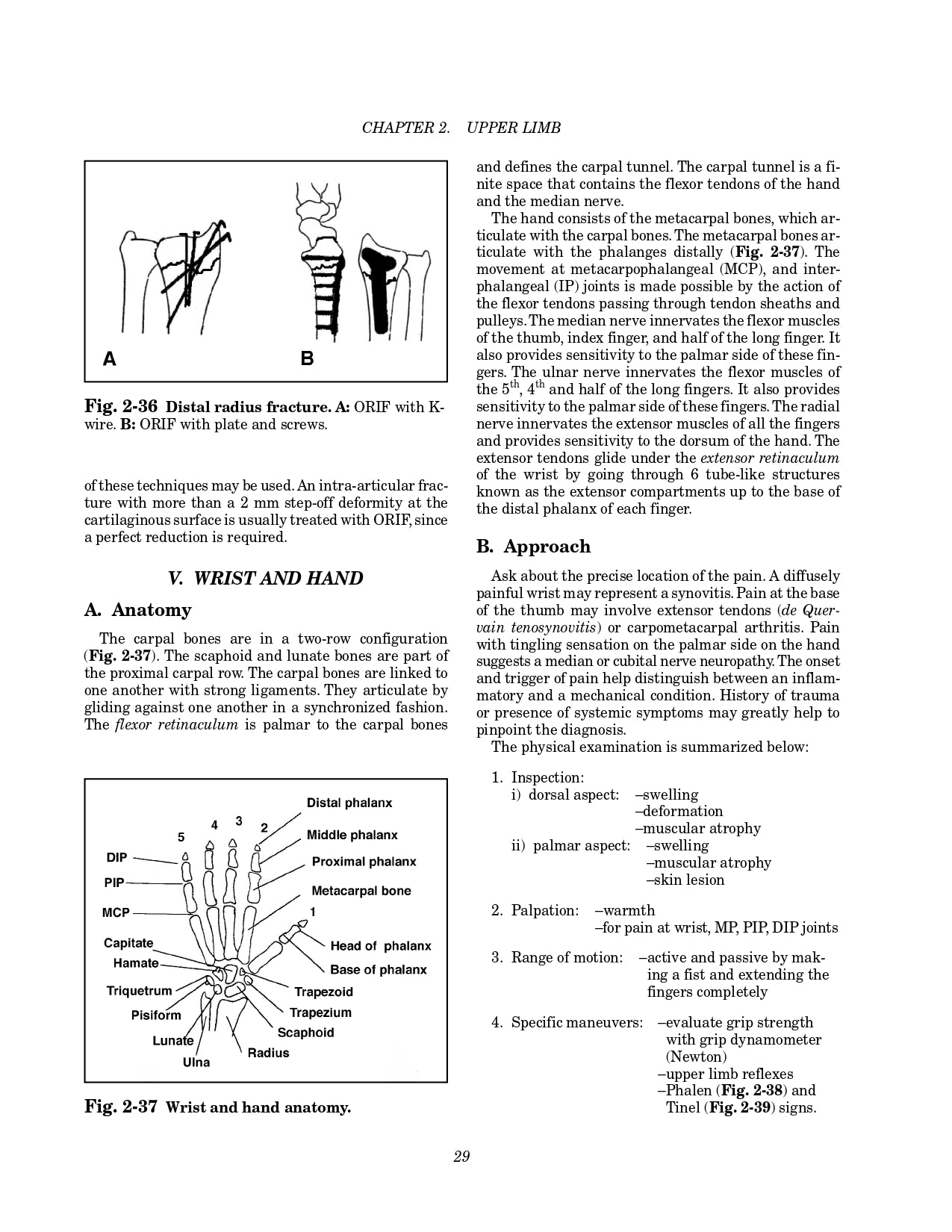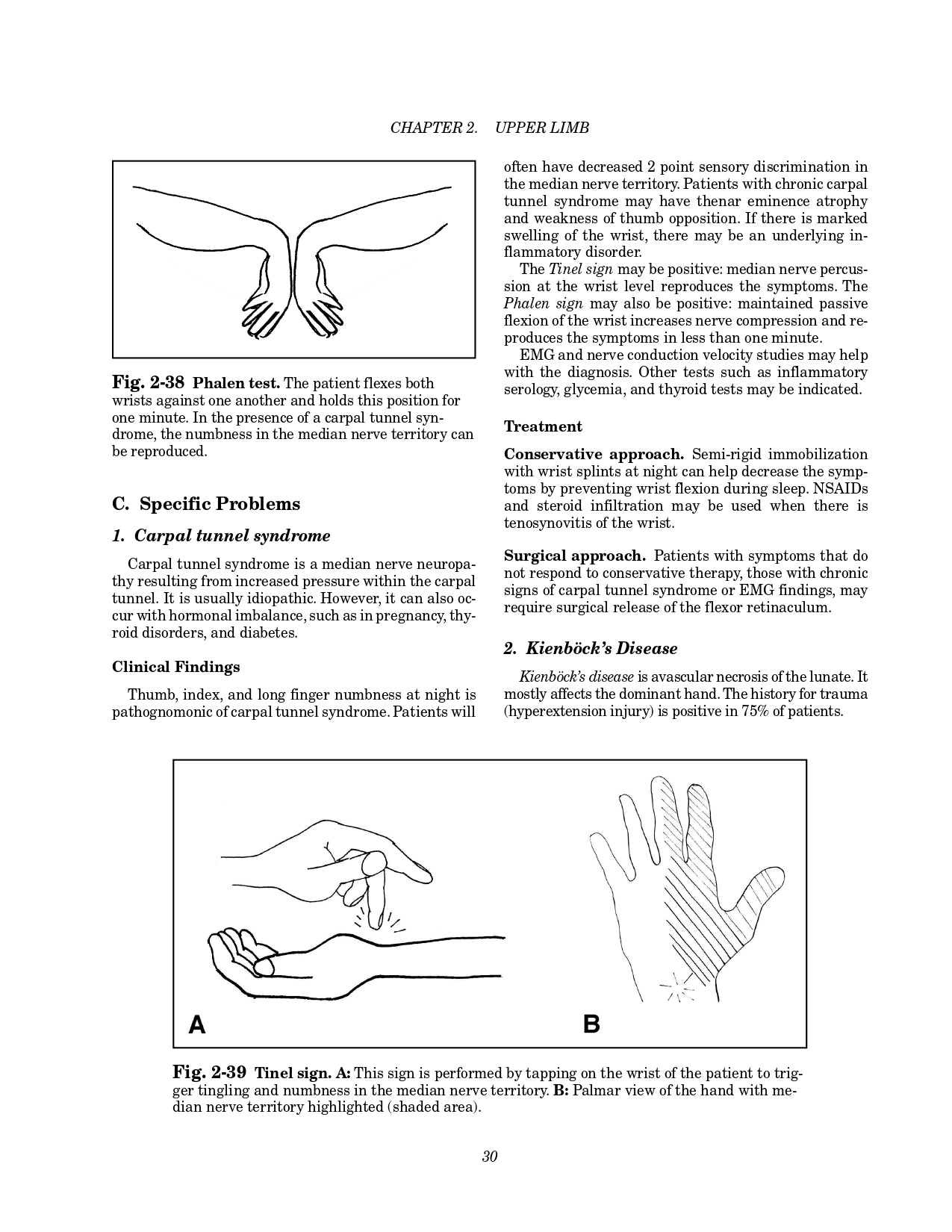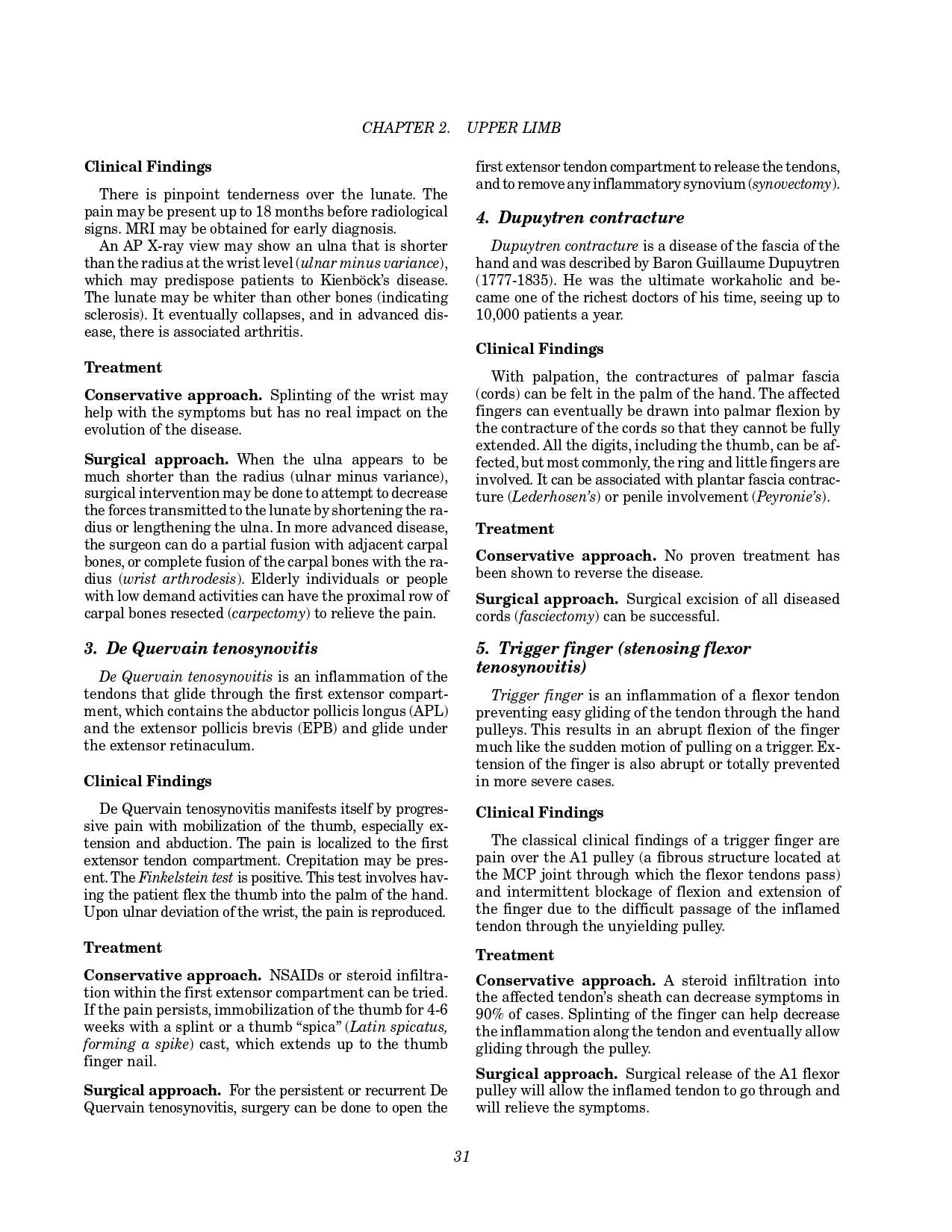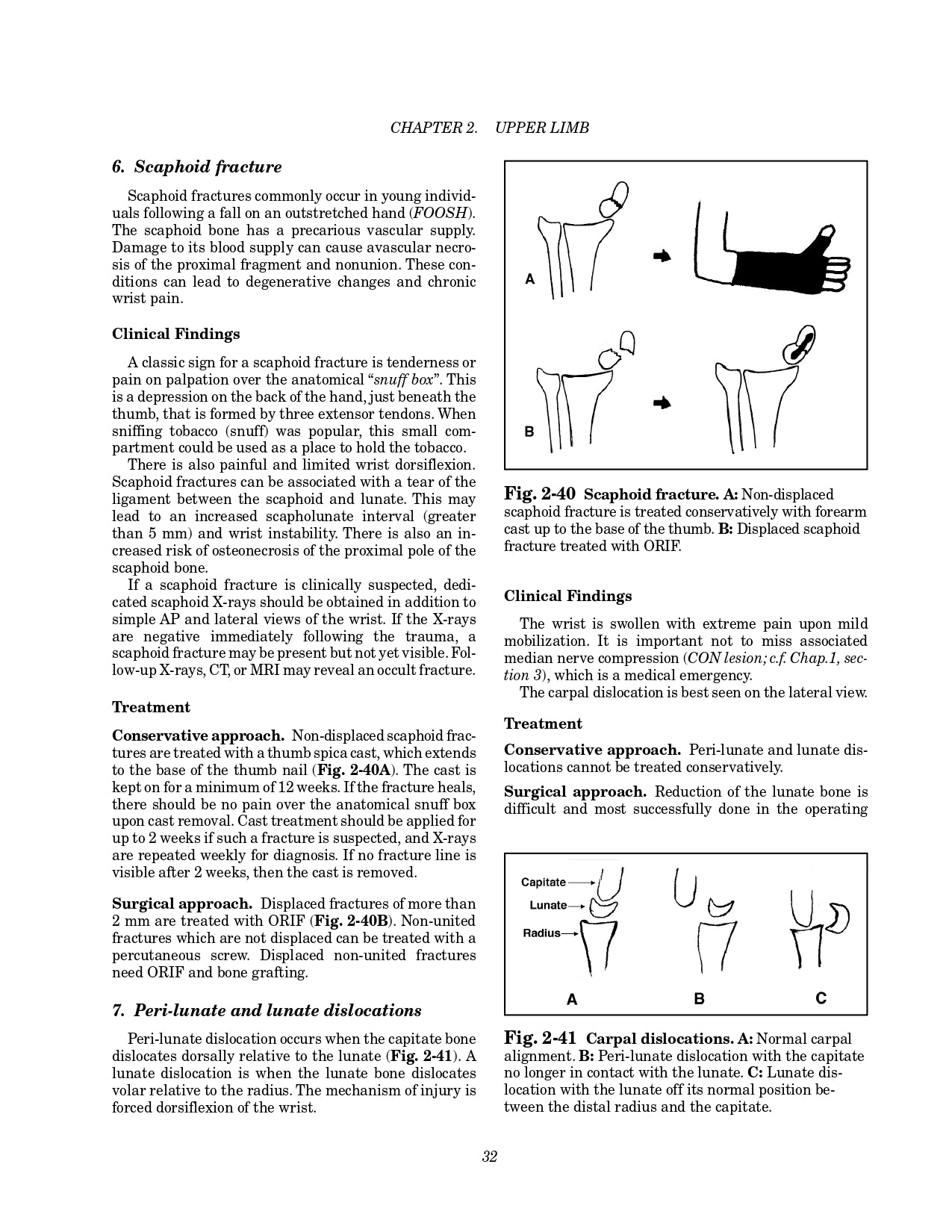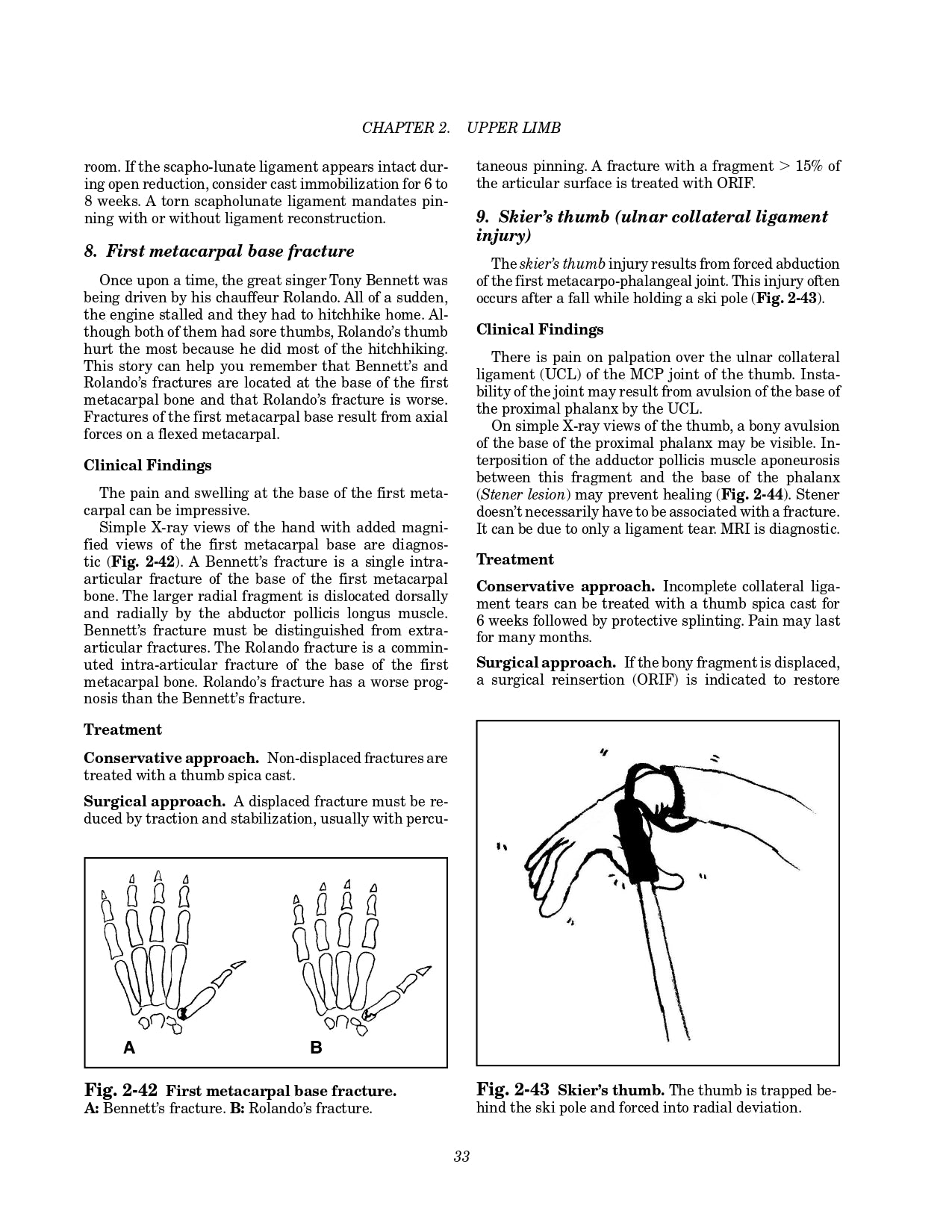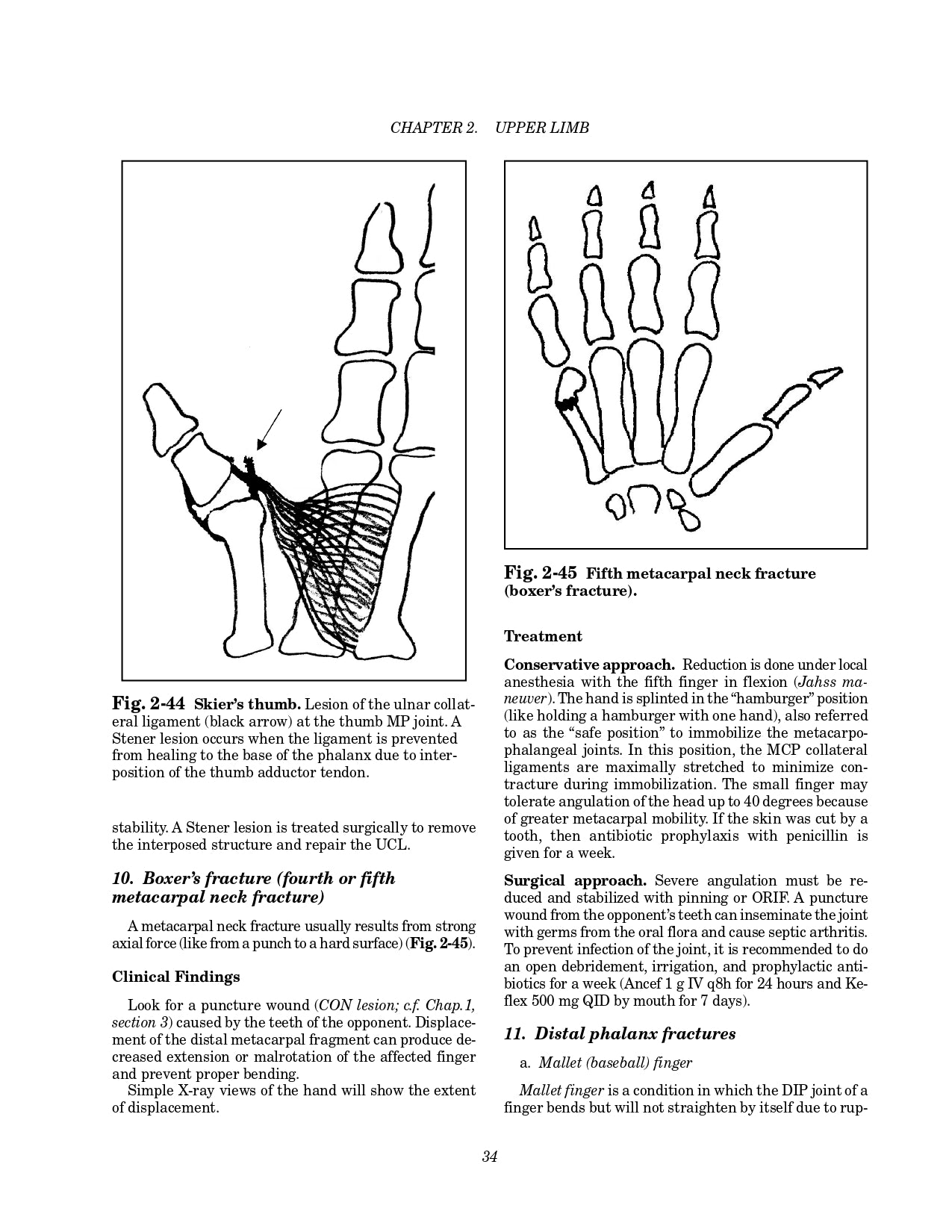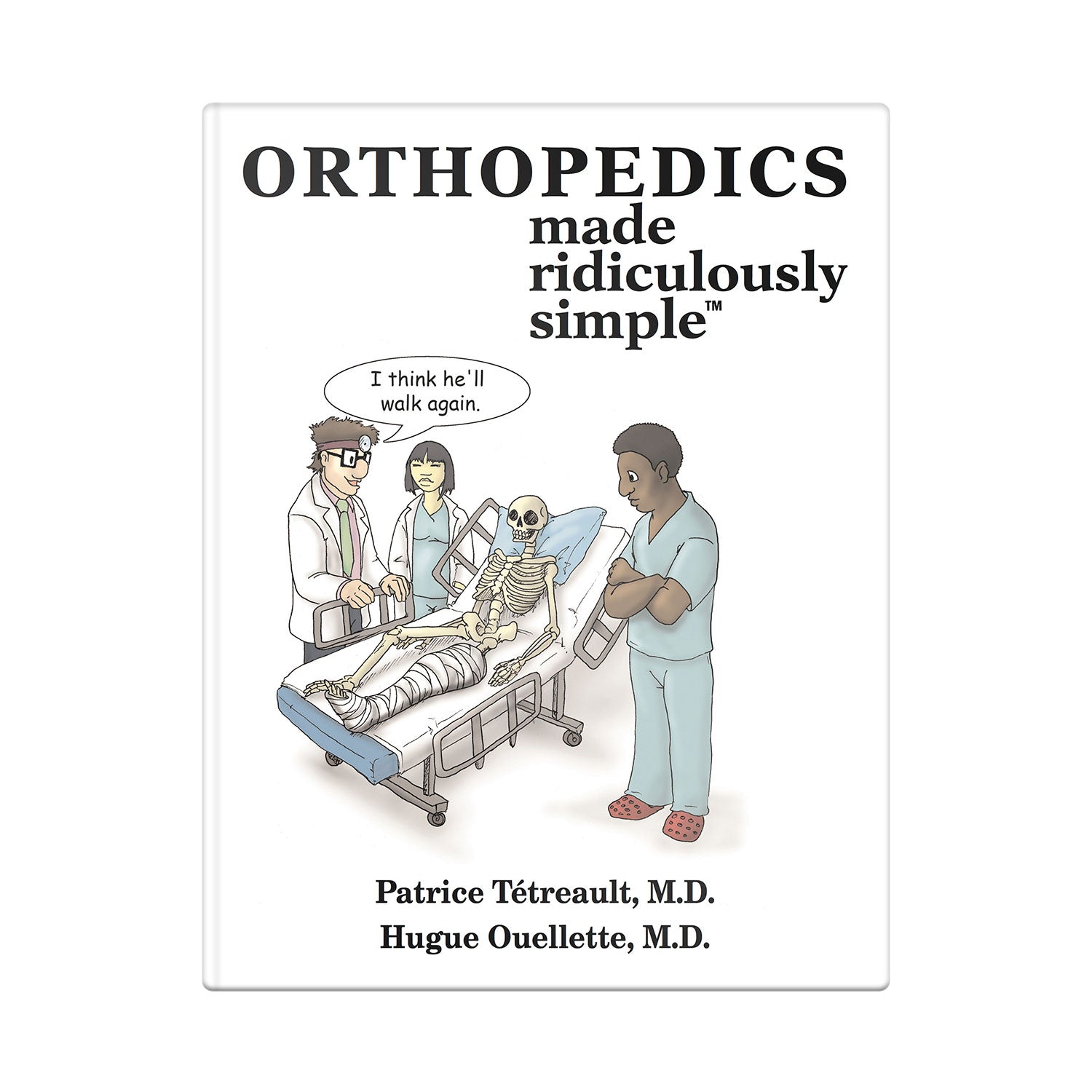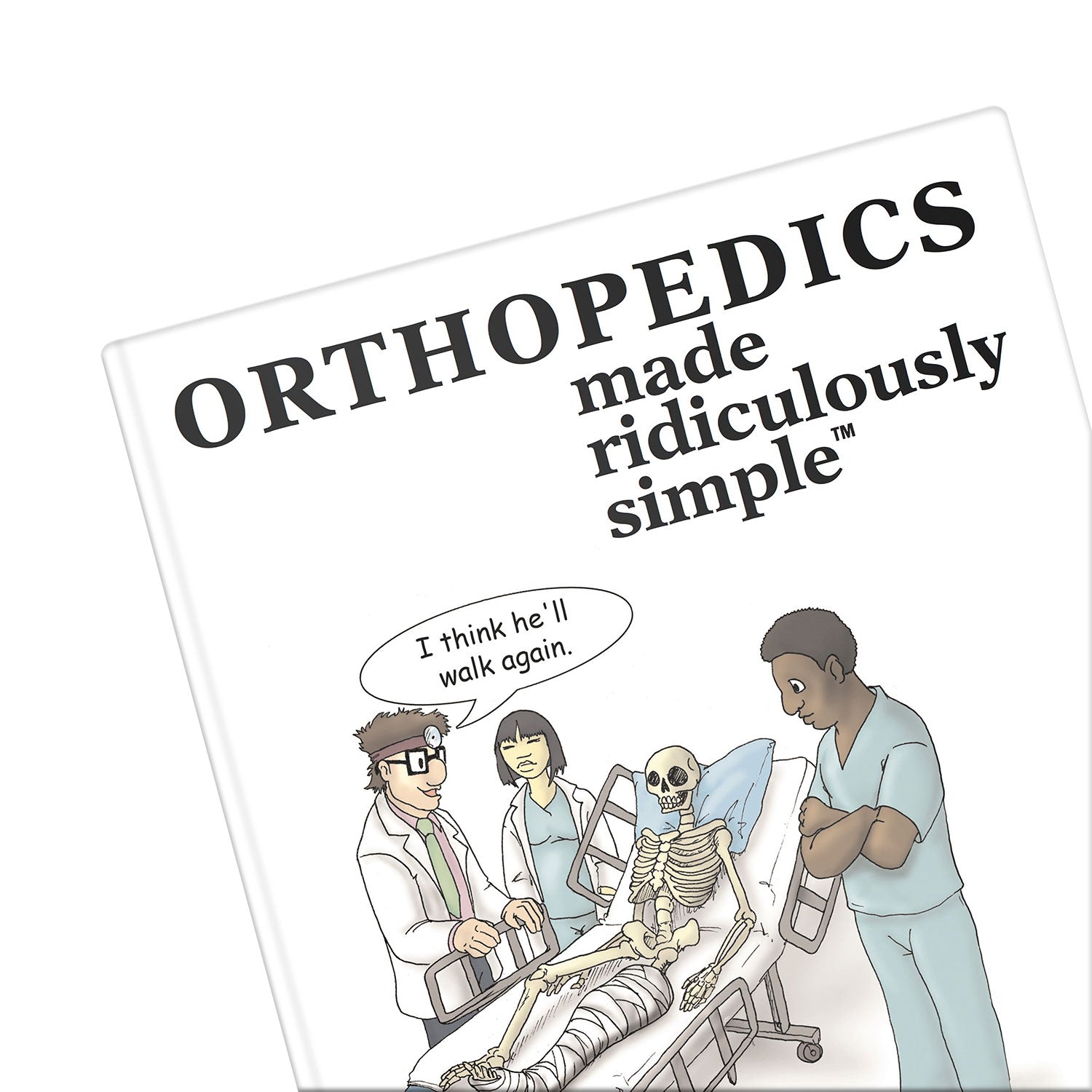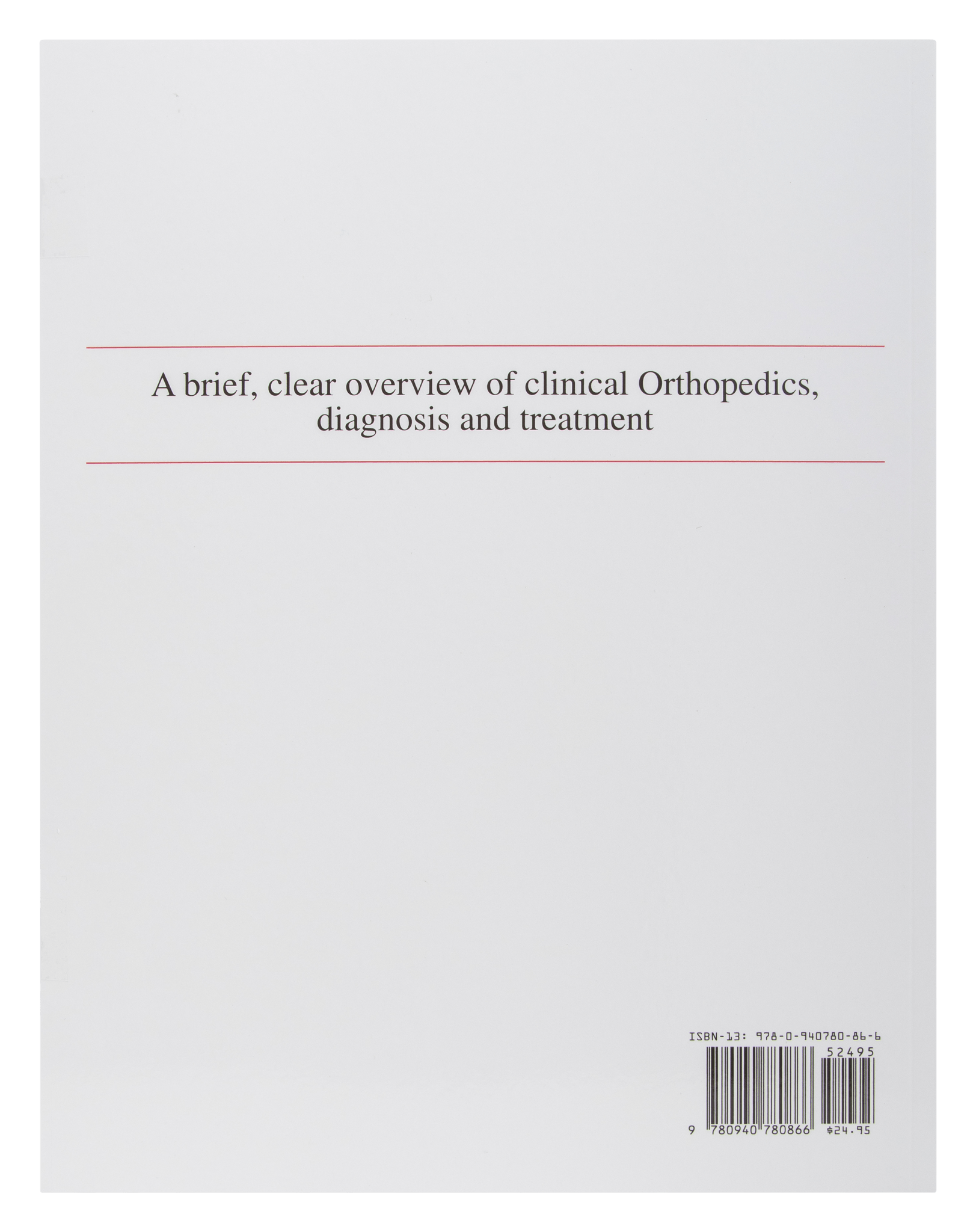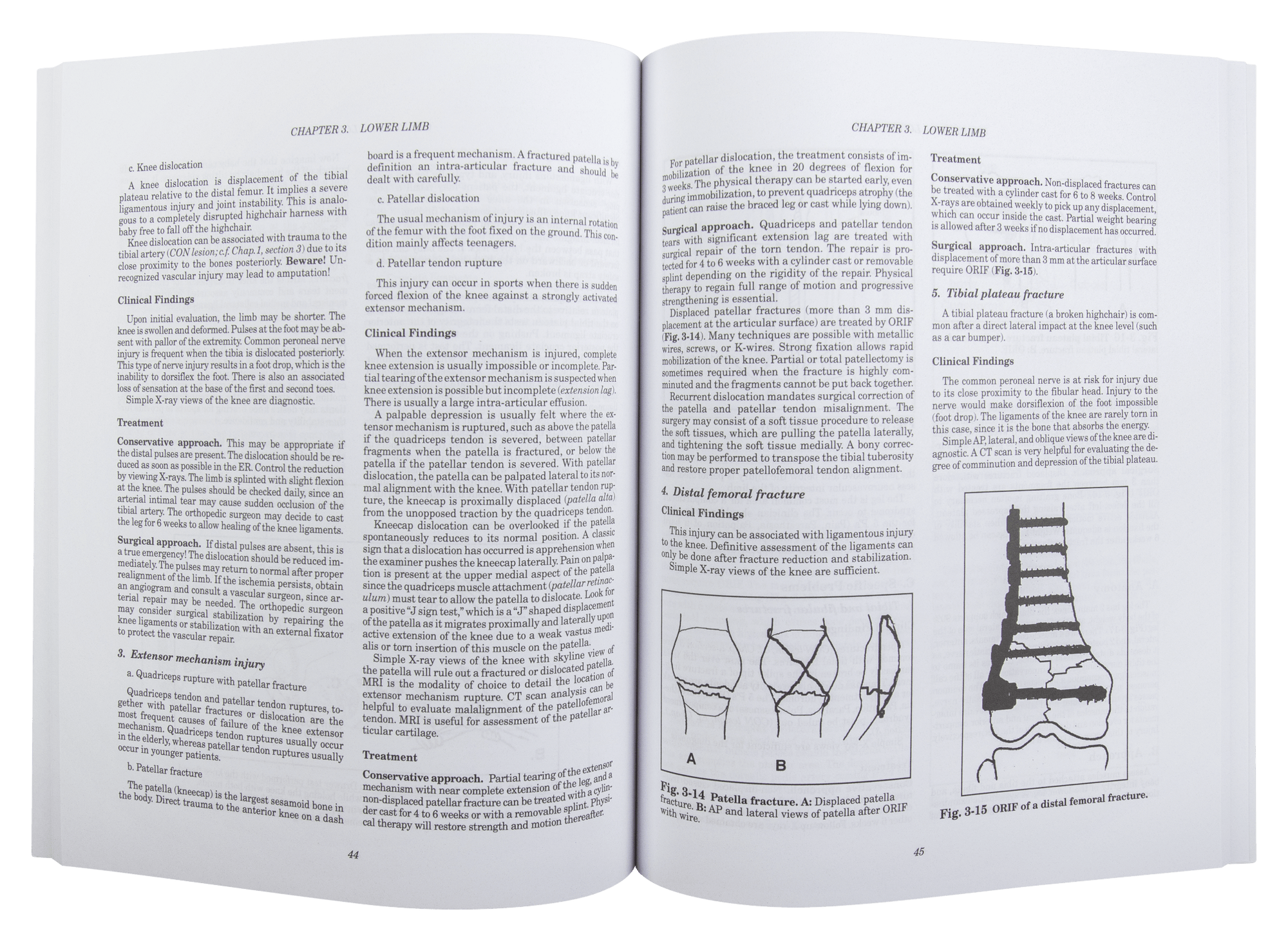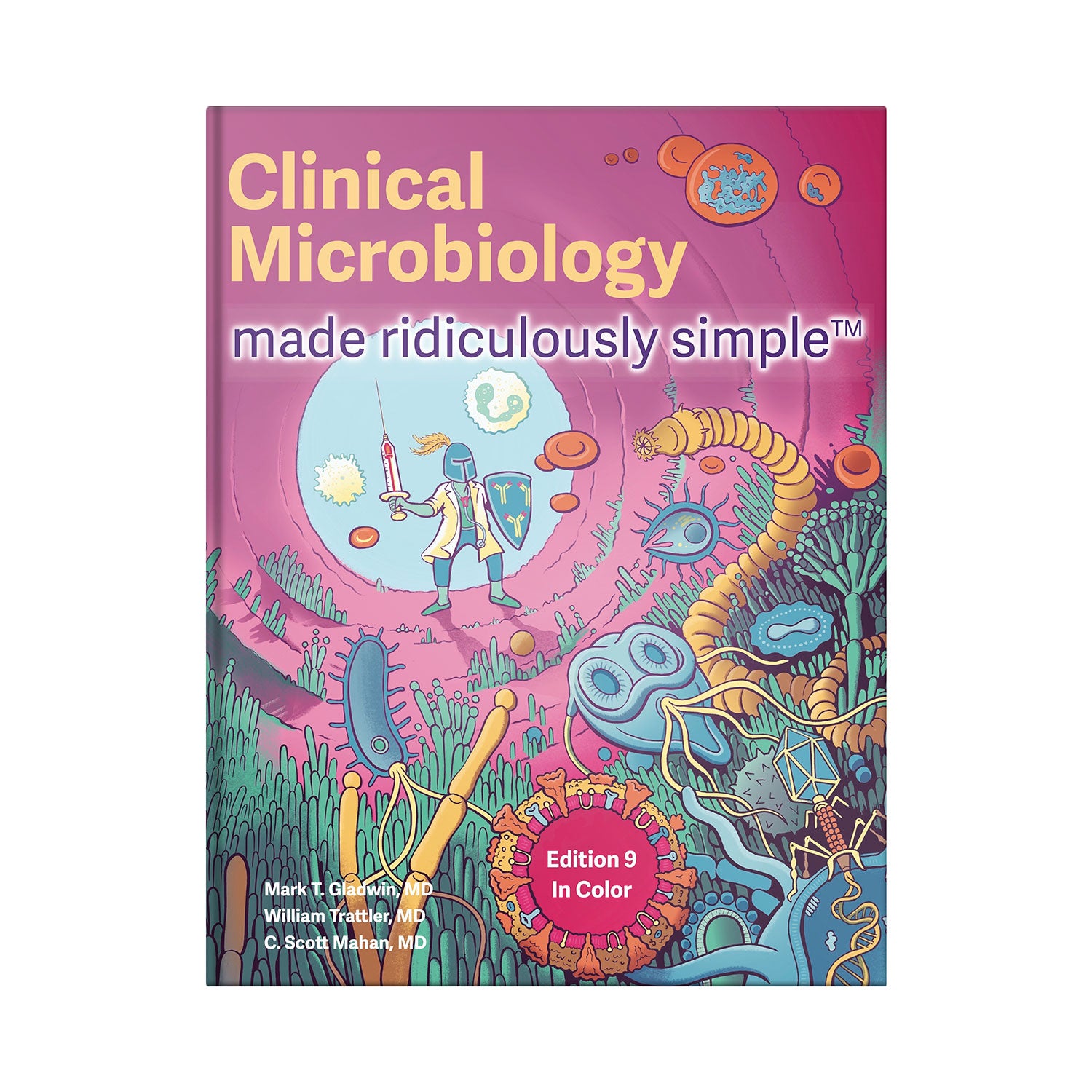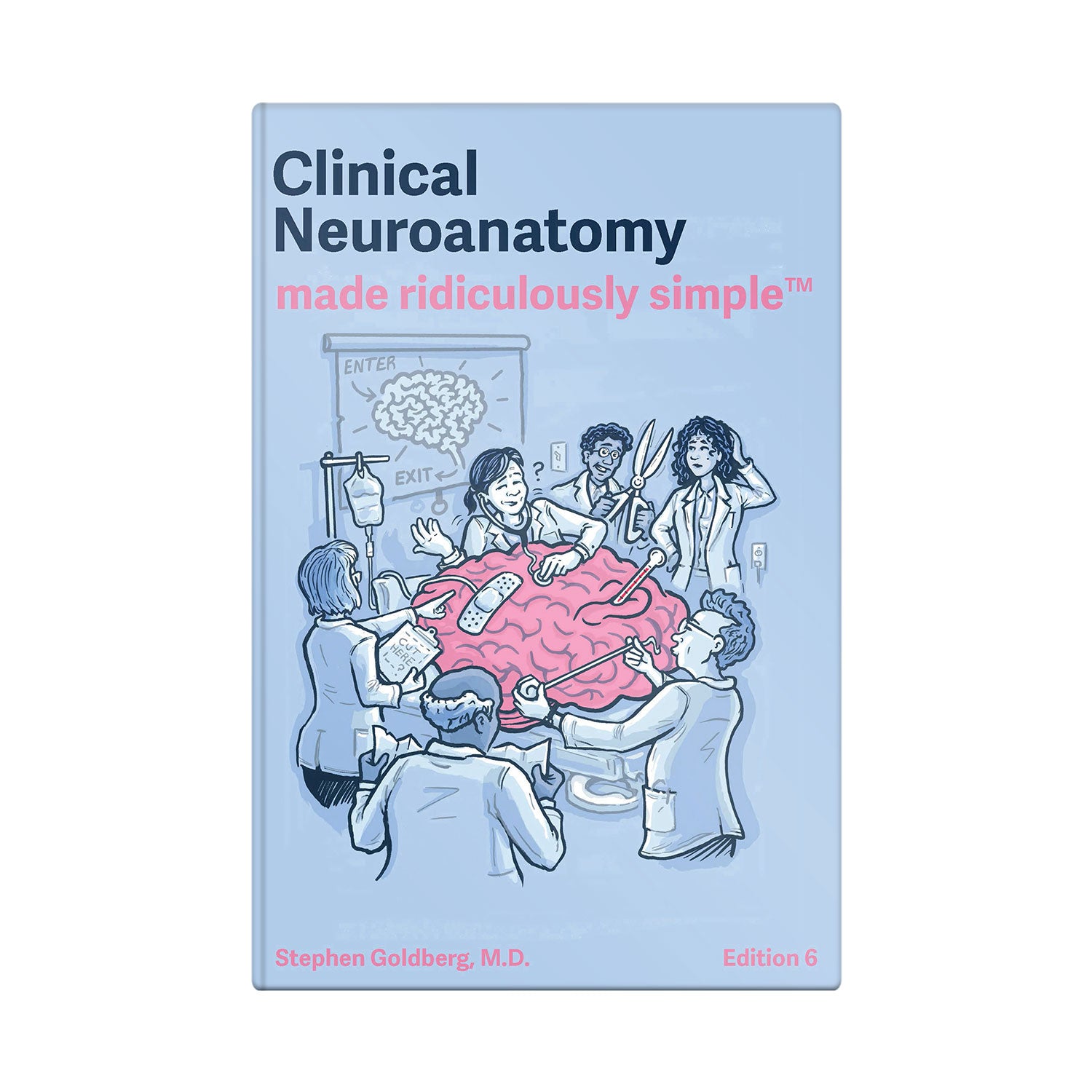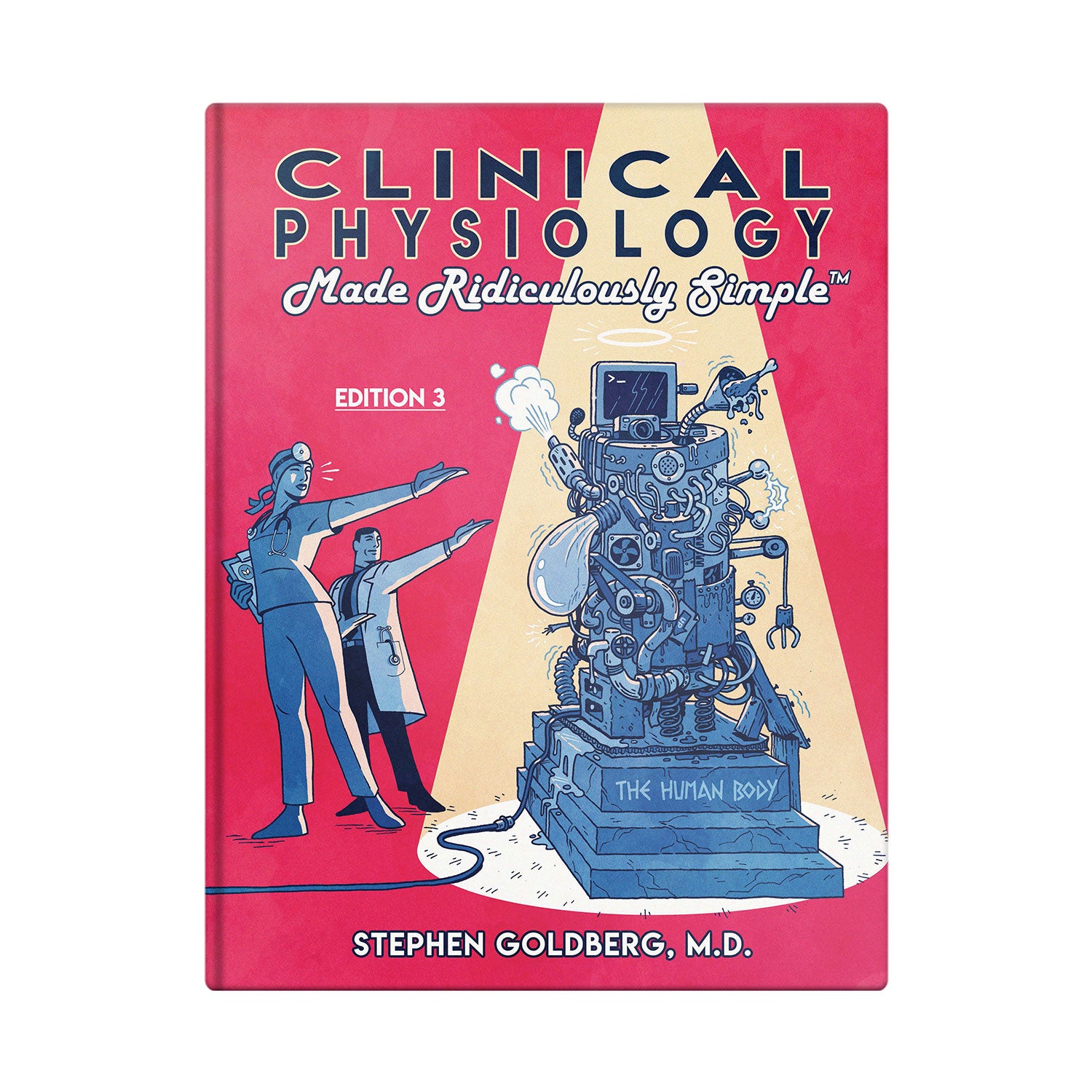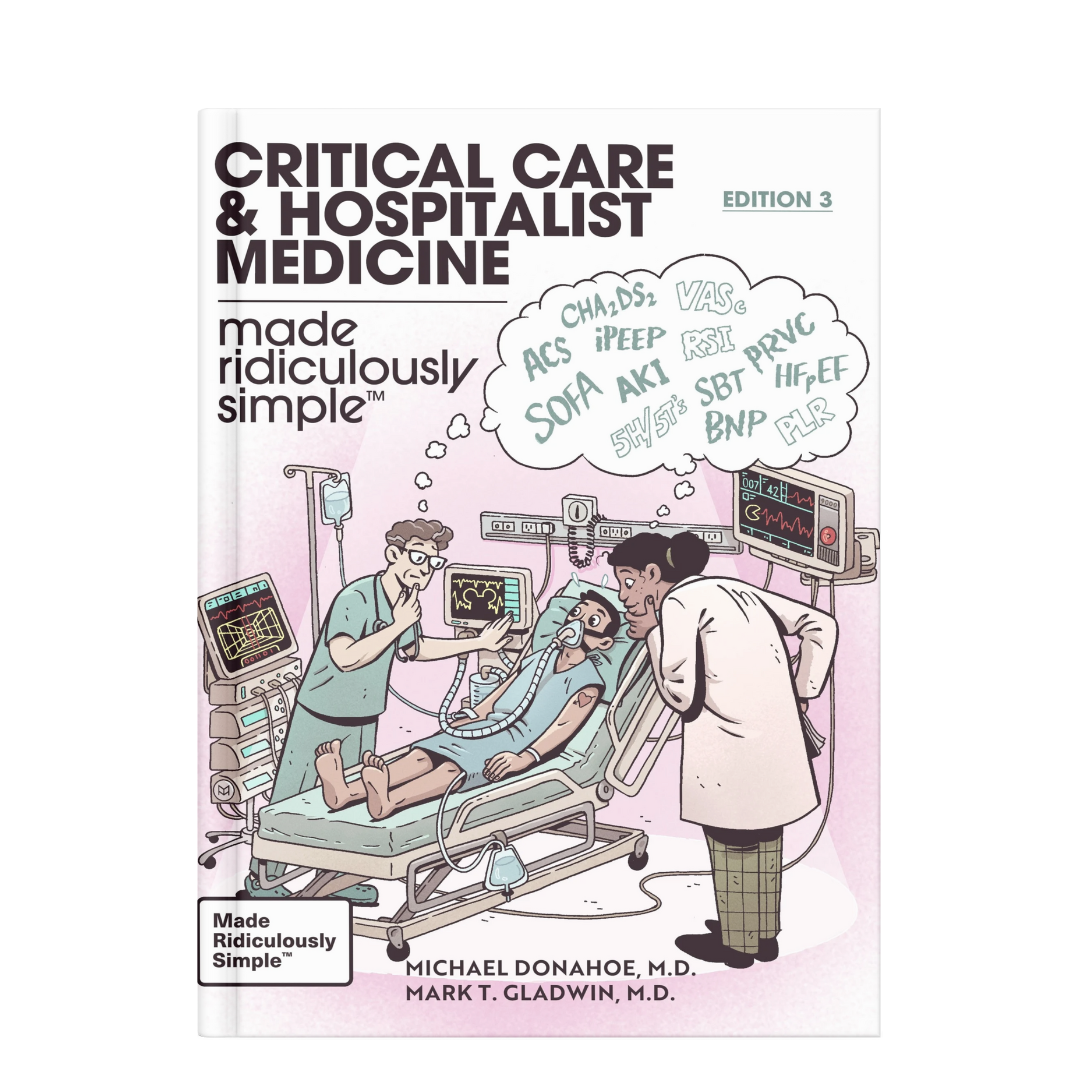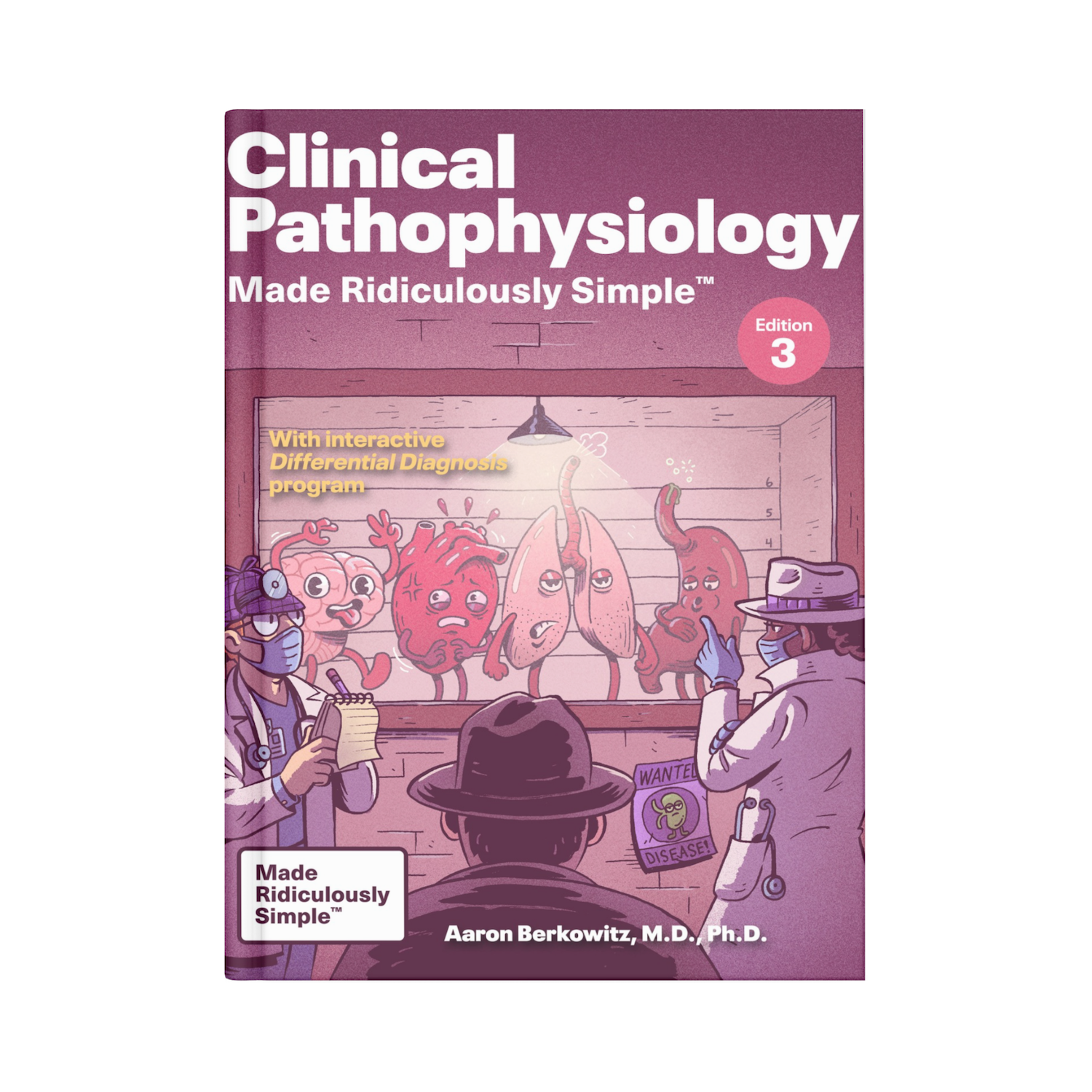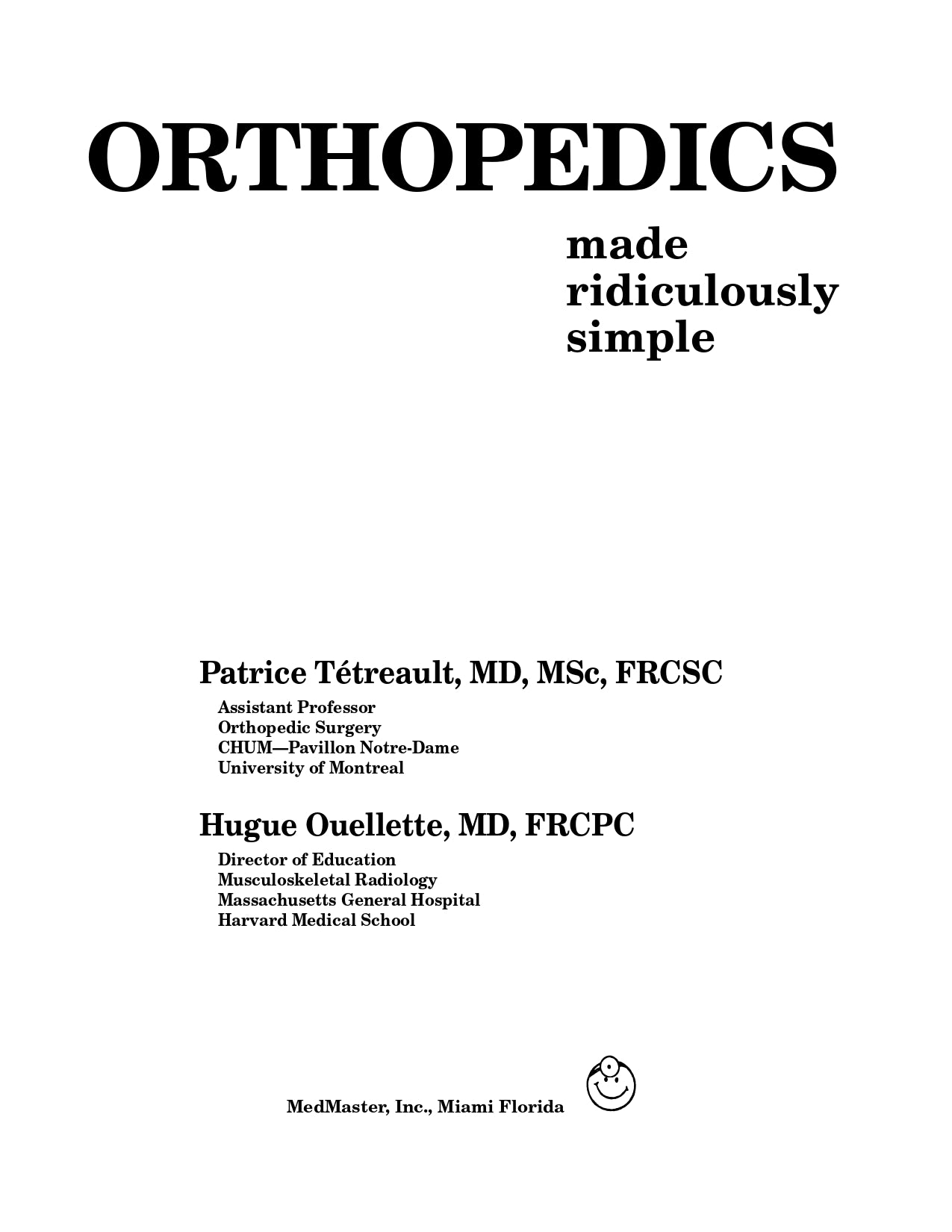
Orthopedics Made Ridiculously Simple
Also available on
Description
A brief, clear overview of clinical orthopedics, including diagnosis and treatment of orthopedic emergencies and relevant clinical signs “no one should miss.” Chapters address the upper and lower limbs, the axial skeleton, systemic conditions affecting the musculoskeletal system, and common pediatric conditions. Each topic is covered with regards to the relevant anatomy, clinical approach, and specific problems not to be overlooked. Excellent for medical students and interns, PA’s, nurses and nurse practitioners.
Companion Digital Download of Atlas of Orthopedics program (Win/Mac).
Author(s)
Patrice Tetreault, MD.
Patrice Tetreault, MD, is Assistant Professor of Orthopedic Surgery, CHUM - Pavillon Notre-Dame, University of Montreal.
Hugue Ouellette, M.D.
Hugue Ouellette M.D.: Dept. of Diagnostic Radiology, Director of Education Musculoskeletal Radiology, Massachusetts General Hospital, Harvard Medical School.
Details
Pages: 103
Publication: Edition 9 (October 15, 2014)
Language: English
Digital: Includes download of interactive Atlas of Orthopedic Images and Movies (WIN/MAC)
ISBN: 9780940780866 eISBN: 9781935660842
Table of contents
CHAPTER 1. MUSCULOSKELETAL BASICS
TERMINOLOGY
- Orientation in space
- Movement in space
- General orthopedic terms
MUSCULOSKELETAL CONDITIONS
- General Approach
- Radiology
- Fractures and dislocations
EMERGENCIES
- Compartment syndrome
- Open fracture
- Neurological/ vascular injury
CHAPTER 2. UPPER LIMB
SHOULDER
- Anatomy
- Approach
- Specific problems
- Impingement syndrome/ Rotator cuff tear
- Adhesive capsulitis
- Proximal humeral fracture
- Clavicular fracture
- Acromioclavicular joint dislocation
- Glenohumeral joint dislocation
ARM
- Anatomy
- Approach
- Specific problems
- Proximal biceps rupture
- Distal biceps tendon rupture
- Humeral shaft fracture
ELBOW
- Anatomy
- Approach
- Specific problems
- Tennis and golf elbow (epicondylitis)
- Olecranon bursitis
- Distal humeral fracture
- Olecranon fracture
- Radial head fracture
- Elbow dislocation
FOREARM
- Anatomy
- Approach
- Specific Problems
- Radial and ulnar fractures
- Monteggia and Galeazzi fracture-dislocations
- Distal radial and ulnar fractures
WRIST AND HAND
- Anatomy
- Approach
- Specific problems
- Carpal tunnel syndrome
- Kienböck's disease
- De Quervain tenosynovitis
- Dupuytren contractures
- Trigger finger (flexor tenosynovitis)
- Scaphoid fracture
- Peri-lunate and lunate dislocation
- First metacarpal base fracture (Bennet's and Rolando's fractures)
- Skier’s or gameskeeper's thumb (ulnar collateral ligament injury)
- Boxer’s fracture ( fourth or fifth metacarpal neck fracture)
- Distal phalanx fractures
CHAPTER 3. LOWER LIMB
HIP
- Anatomy
- Approach
- Specific problems
- Trochanteric bursitis
- Hip frature
- Hip dislocation
THIGH
- Anatomy
- Approach
- Specific problems
- Femoral shaft fracture
KNEE
- Anatomy
- Approach
- Specific problems
- Ligamentous injury (Highchair lesions)
- Meniscal tear
- Extensor mechanism injury
- Tibial plateau fracture
- Distal femoral fracture
LEG
- Anatomy
- Approach
- Specific problems
- Tibial and fibular fracture
FOOT AND ANKLE
- Anatomy
- Approach
- Specific problems
- Metatarsalgia
- Hallux valgus
- Heel pain and plantar fasciitis
- Ankle sprain and fracture
- Talar fracture
- Calcaneal fracture
- Lisfranc fracture
- Metatarsal fracture
CHAPTER 4. AXIAL SKELETON
SPINAL COLUMN
- Anatomy
- Approach
- Specific problems
- Vertebral disk disease
- Spondylolysis/listhesis
- Spinal stenosis
- Cervical fracture and dislocation
- Thoraco-lumbar fracture
PELVIS
- Anatomy
- Approach
- Specific problems
- Pelvic ring fracture
CHAPTER 5. SYSTEMIC CONDITIONS
INFECTION
- Septic arthritis
- Osteomyelitis
ARTHRITIS
- Osteoarthritis
- Rheumatoid arthritis
- Crystal arthropathy (Gout, Pseudo-gout, Chondrocalcinosis)
METABOLIC BONE DISEASE
- Osteoporosis
- Osteomalacia
- Avascular necrosis
BONE TUMORS
- Benign bone tumors
- Malignant bone tumors
CHAPTER 6. PEDIATRIC ORTHOPEDICS
FRACTURES AND DISLOCATIONS
SPECIFIC PROBLEMS
- Radial Head Dislocation
- Slipped Capital Femoral Epiphysis
- Congenital Hip Dislocation
- Osteochondrosis (Osgood-Schlatter and Sever Diseases)
- Osteogenesis Imperfecta (Brittle Bone Disease)
- Child Abuse
- Legg-Calve-Perthes Disease (Hip Osteonecrosis)
- Lower Limb Anomalies
- Genu Varum
- Genu Valgum
- Axial Rotations (Toe-in, Toe-out) - Scoliosis
INDEX

